Cator Park responding to local need
In 2017 Berkeley Homes appointed HTA and the London Wildlife Trust to lead a team of experts to remodel and rewild an underused open space which had been initiated at the start of this 30-year estate regeneration programme. The project delivers on its goal to significantly increase biodiversity and has been recognised with the Mayor’s Award for Sustainable and Environmental Planning and the Landscape Institute Presidents’ Award and the Sir David Attenborough Award for Enhancing Biodiversity.
Our design response encourages residents, the local community, and visitors into the park with a dedicated play space and an enhanced and varied natural landscape. A soft planting and nature recovery strategy extends through the new buildings creating uplifting streets.
Cator Park supporting Biodiversity
The new landscape at Cator Park is pioneering in its approach to Berkeley Homes new Net Biodiversity Gain Toolkit. This process was undertaken well in advance of legislative change which made achieving a Biodiversity Net Gain of 10% compulsory on new developments from November 2024. We worked with Berkeley to ensure they were ready for this challenge. We answered significant questions including how to deliver net biodiversity gain? How to cost for it? and how to look after it? As a result, the park achieves a net biodiversity gain of 161%, a whole 50% above the legislative standard ensuring the natural ecosystems at Cator Park will flourish long into the future.
Opening the park revealed how well natural spaces draw people in. We were confident we could restore nature on the site and were happy to see just how restorative the new wild landscape proved for people. Social prescribing and forest bathing are in the public eye for the benefits they bring to people’s mental health, and both find their place in Cator Park’s ability to connect people to each other and to connect people to nature. The park opened in 2020, quickly becoming a critical resource that served as the backdrop for daily walks and for families and friends to meet in their bubbles.
We worked closely with London Wildlife Trust to create a rich habitat mosaic that will allow nature to return to the site. This ensures an enhanced biodiversity offer and a legacy for the local community and London.
London Wildlife Trust is the only charity dedicated solely to protecting the capital’s wildlife and wild spaces, engaging London’s diverse communities through access to their nature reserves, campaigning, volunteering and outdoor learning.
The new ponds in Cator Park
As part of the initial phase of the development, a network of balancing ponds were created throughout Cator Park, forming part of the water sensitive urban design (WSuD) strategy holding the water on site and mitigating against flooding elsewhere in the river system.
When we came to work on the site, short mown grass and bedding plants lacking in ecological value had been planted on the banks of the lake. To create new rich ecosystems, we developed a mix of bespoke native wetland and marginal planting to create meaningful habitats that increase biodiversity around the water’s edge. We created the conditions for insect life which feeds small mammals and amphibians which in turn attract larger predatory animals at the apex of the food chain. Today, large animals such as wading Herons and raptors such as Peregrine Falcons have been attracted to the site.
We enabled the ponds to form the backbone of the landscape approach by introducing a path alongside them. This provides a fully accessible route through the park, connecting the existing bodies of water, providing play on the way, and inviting the public to discover and interact with the natural environment. Seating has been introduced along the boardwalk and on the bridges across the pond which connect the park with the new homes encouraging people to stop and be in nature.
What was the process for creating the dynamic play space in Cator Park?
A large development like Kidbrooke Village deserves communal facilities. A critical part of this is children’s play. We planned to include a 3500sqm play space for a wide range of age groups at the north end of the park. We located the play space immediately next to the village centre, the train station and a new primary school that is part of the masterplan. This strategically situates the play space on the daily route for children on their way home from school. The park is located near the over 55s accommodation placing it site of people who are more likely to be at home during the day, increasing the passive surveillance and safety of the site and creating connections between Kidbrooke Village’s younger and older residents.
To deliver a world class play space we took the client to visit other fantastic playgrounds in the UK, allowing us to establish shared goals at the outset. We then worked through initial drawings with Adventure Playground Engineers (APES), a company that originated in the grassroots adventure playground movement, with a 20-year history designing and realising imaginative play spaces across the UK. APES used their knowledge of playground construction to realise our shared designs on site.
Construction waste from the development was used to create new mounds that serve as play features, whilst supporting the other play structures. Timber groynes were sourced from the Thames and repurposed in the play structures. Kiln dried raw timber was used to clad two impressive structures inspired by tree houses. The evolving process was agreed with the Royal Borough of Greenwich’s play inspector to ensure opportunity for play was balanced with safety.
How will Cator Park be preserved into the future and how does it provide a scalable prototype for Berkeley Homes?
To ensure the park remains beautiful and biodiverse long into the future, we worked with Berkeley group to develop a maintenance strategy for the site. In keeping with the desire to ensure Cator Park provides wide scale impact across future developments, we worked with Berkeley to provide their landscape maintenance teams with the knowledge required for the upkeep of varied habitats and wild planting.
The scheme returns nature to the city and challenges the perception that urban brownfield development cannot contribute to the wider ecological and biodiversity network whilst creating successful spaces for the community.
The park has received an overwhelmingly positive response from local-residents. It provides a legacy for the local Kidbrooke community, the wider London Borough of Greenwich and has been recognised as a public asset for London through its receipt of the Mayor’s Award for Sustainable and Environmental Planning and the Landscape Institute Presidents’ Award and Sir David Attenborough Award for Enhancing Biodiversity (both 2020).


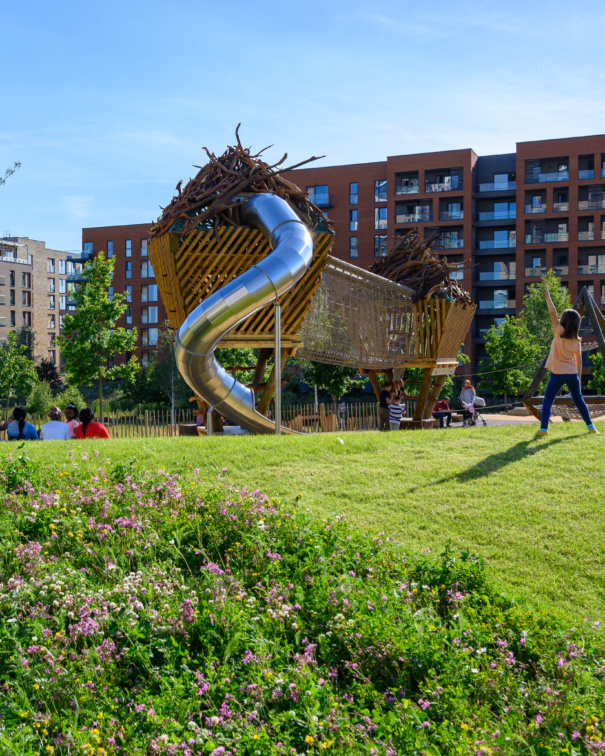
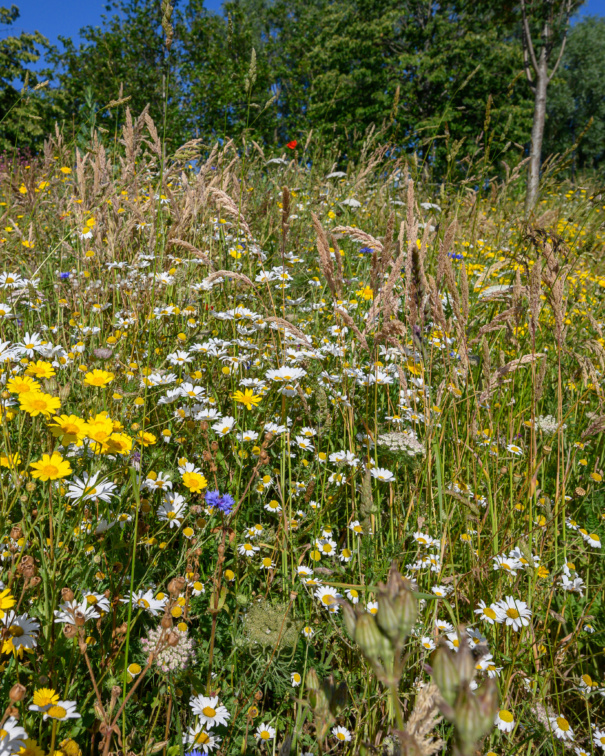
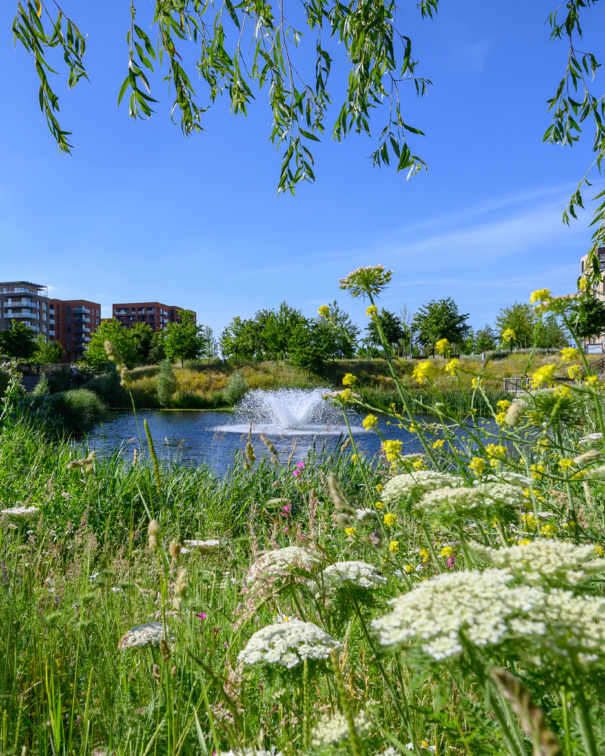
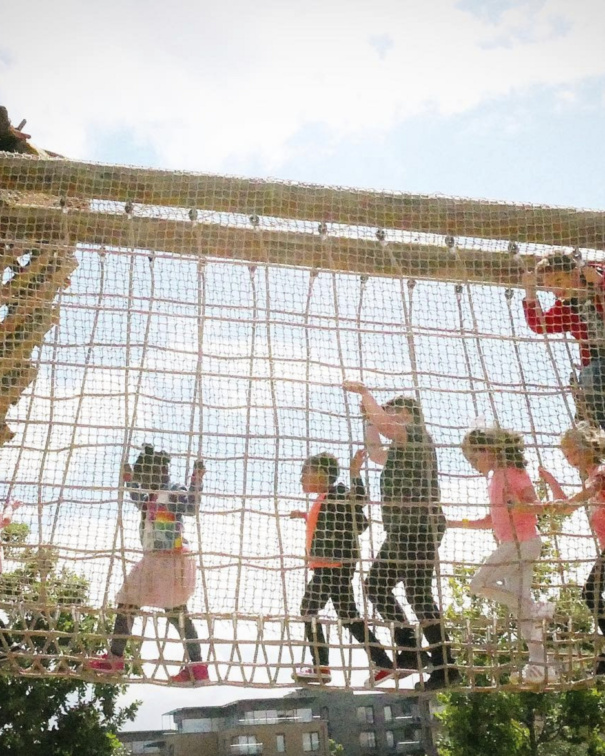
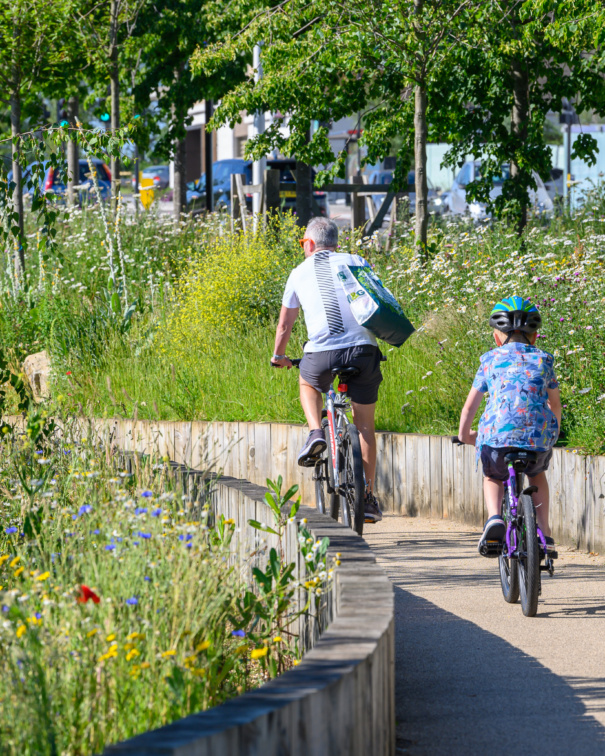
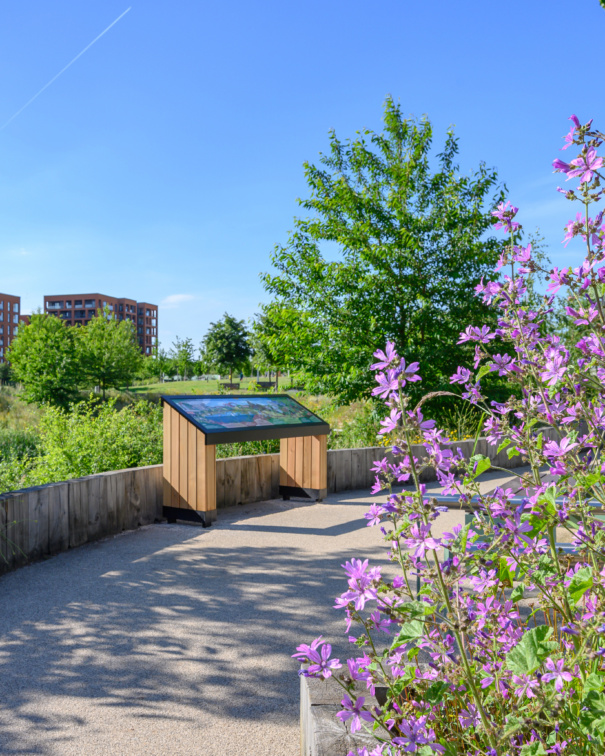
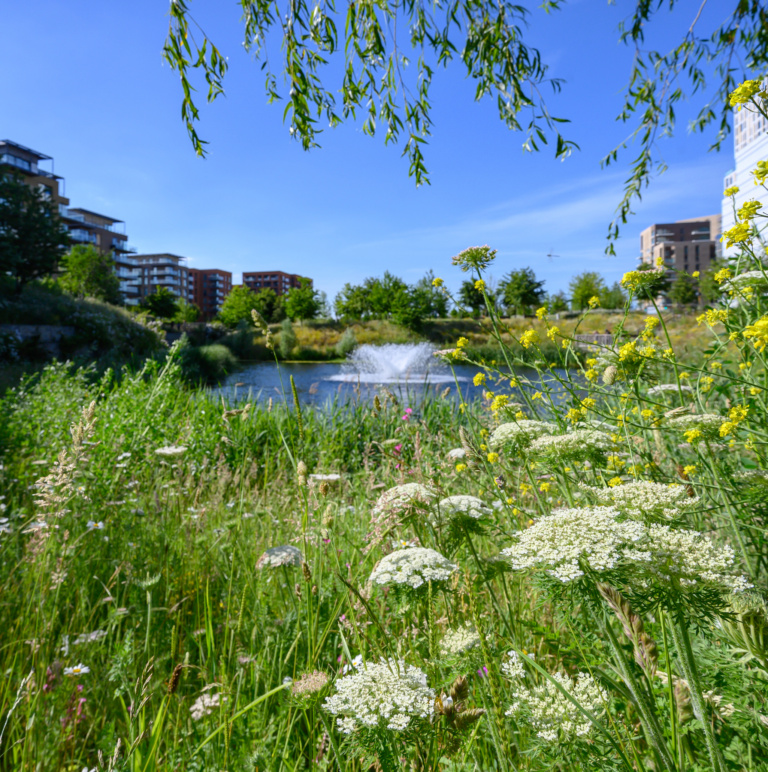
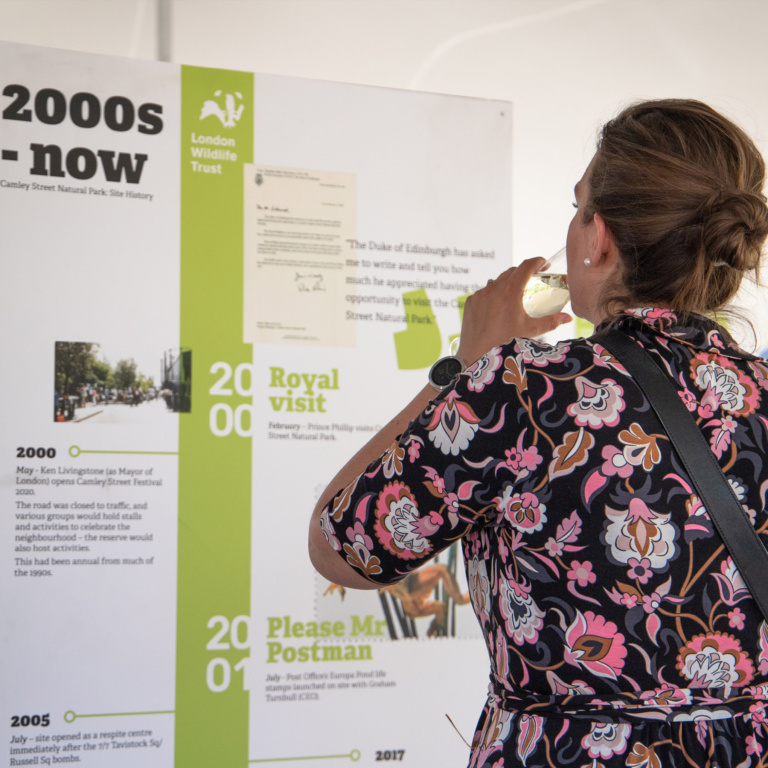
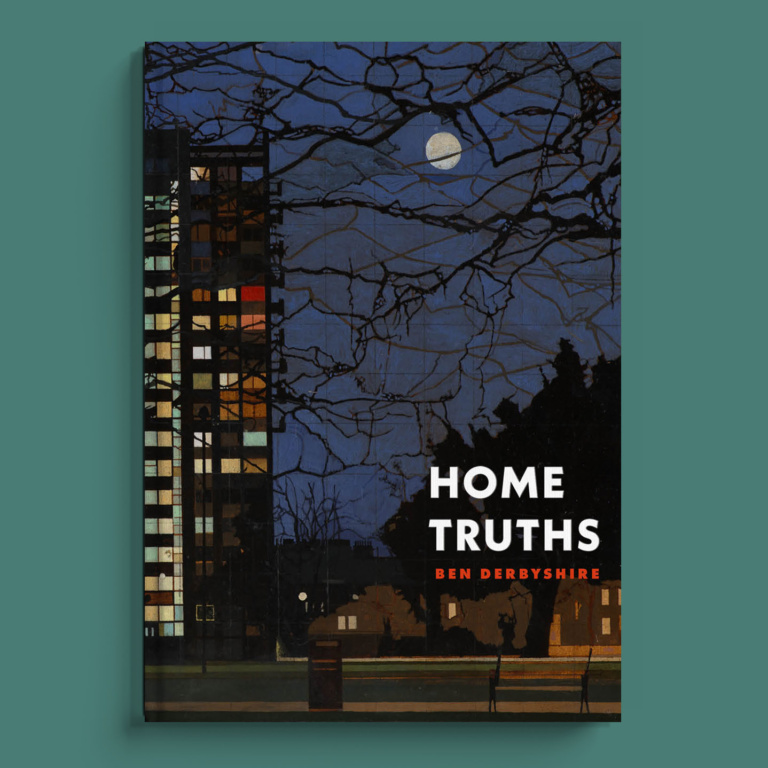
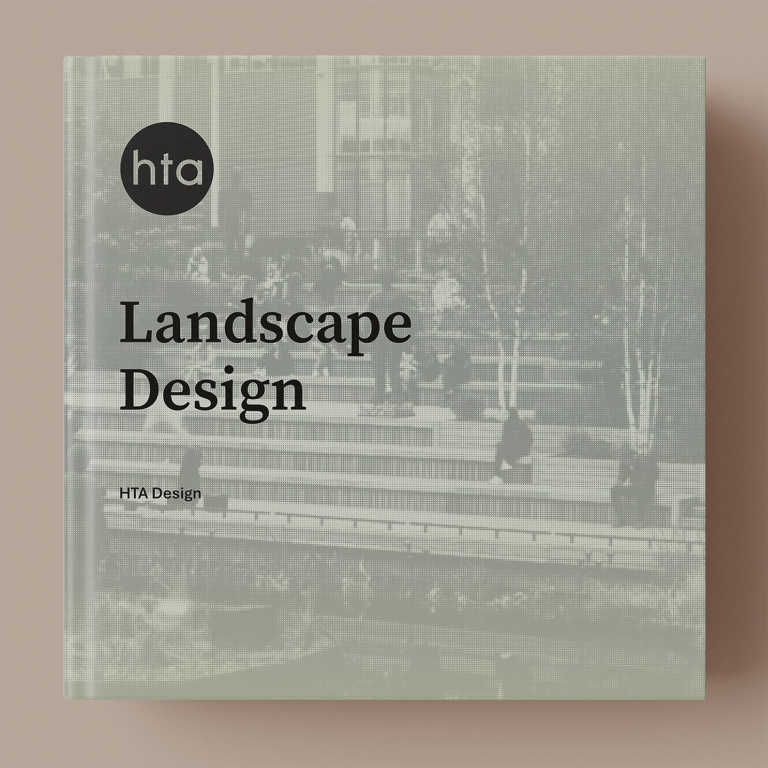
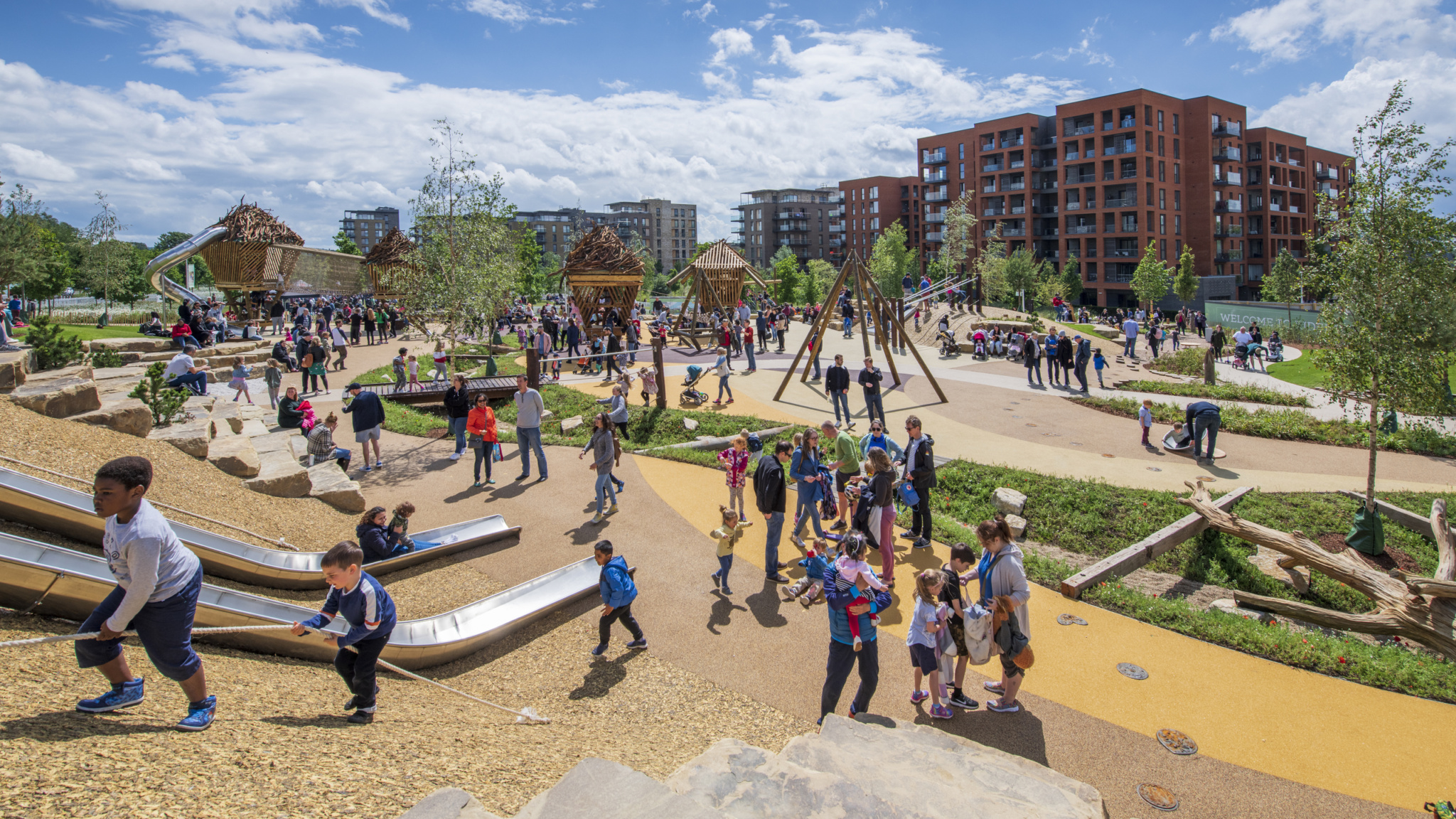
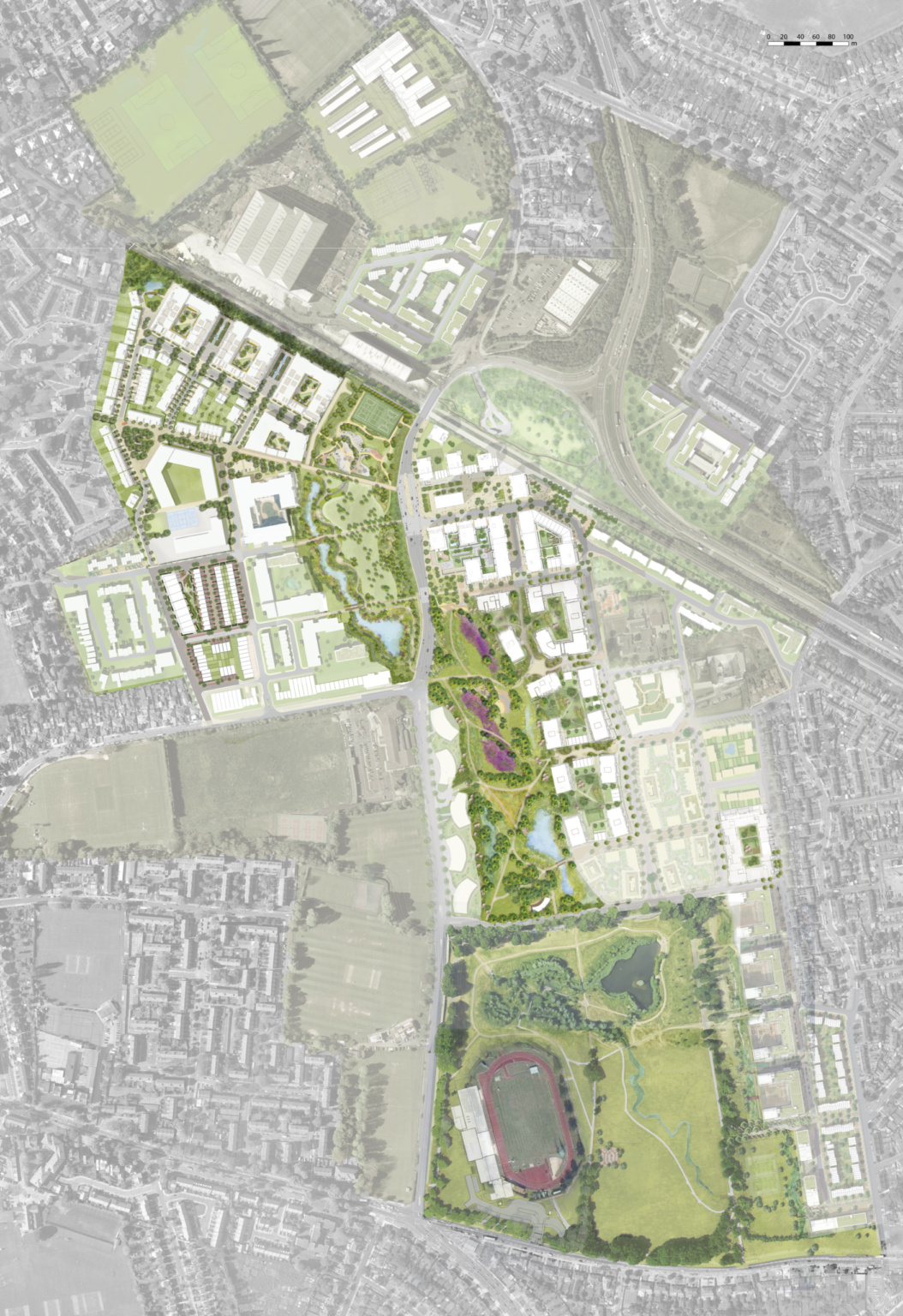
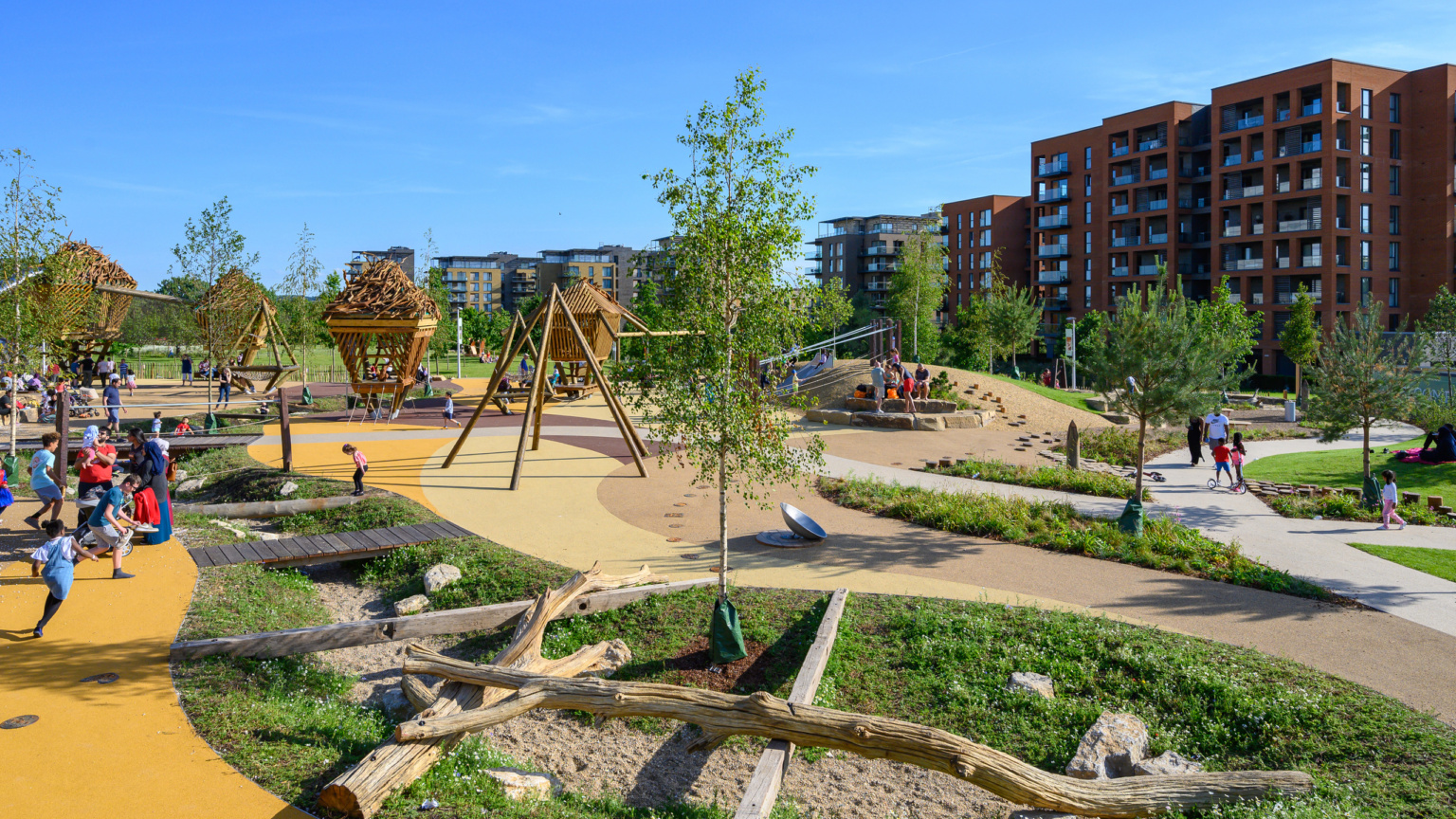
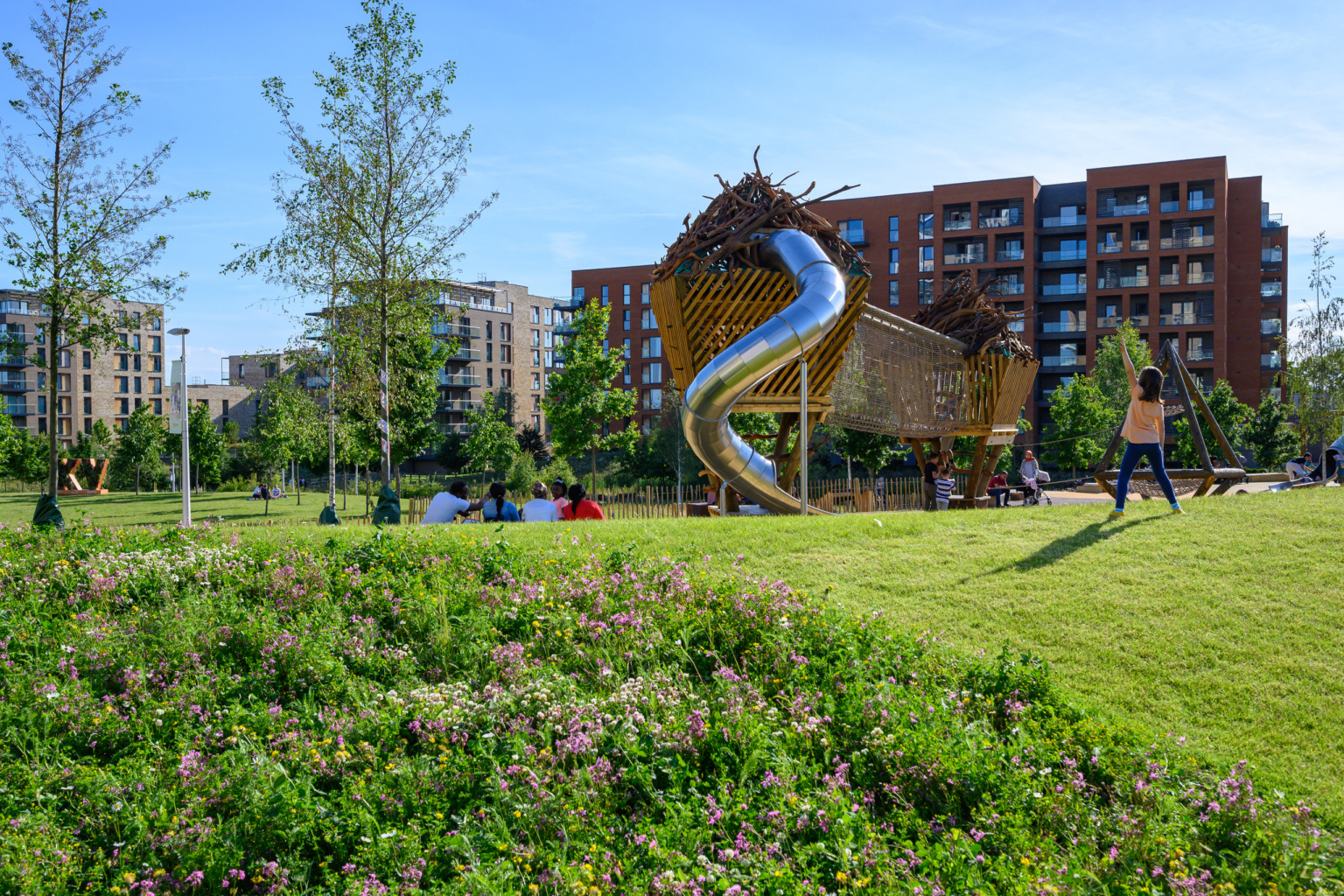
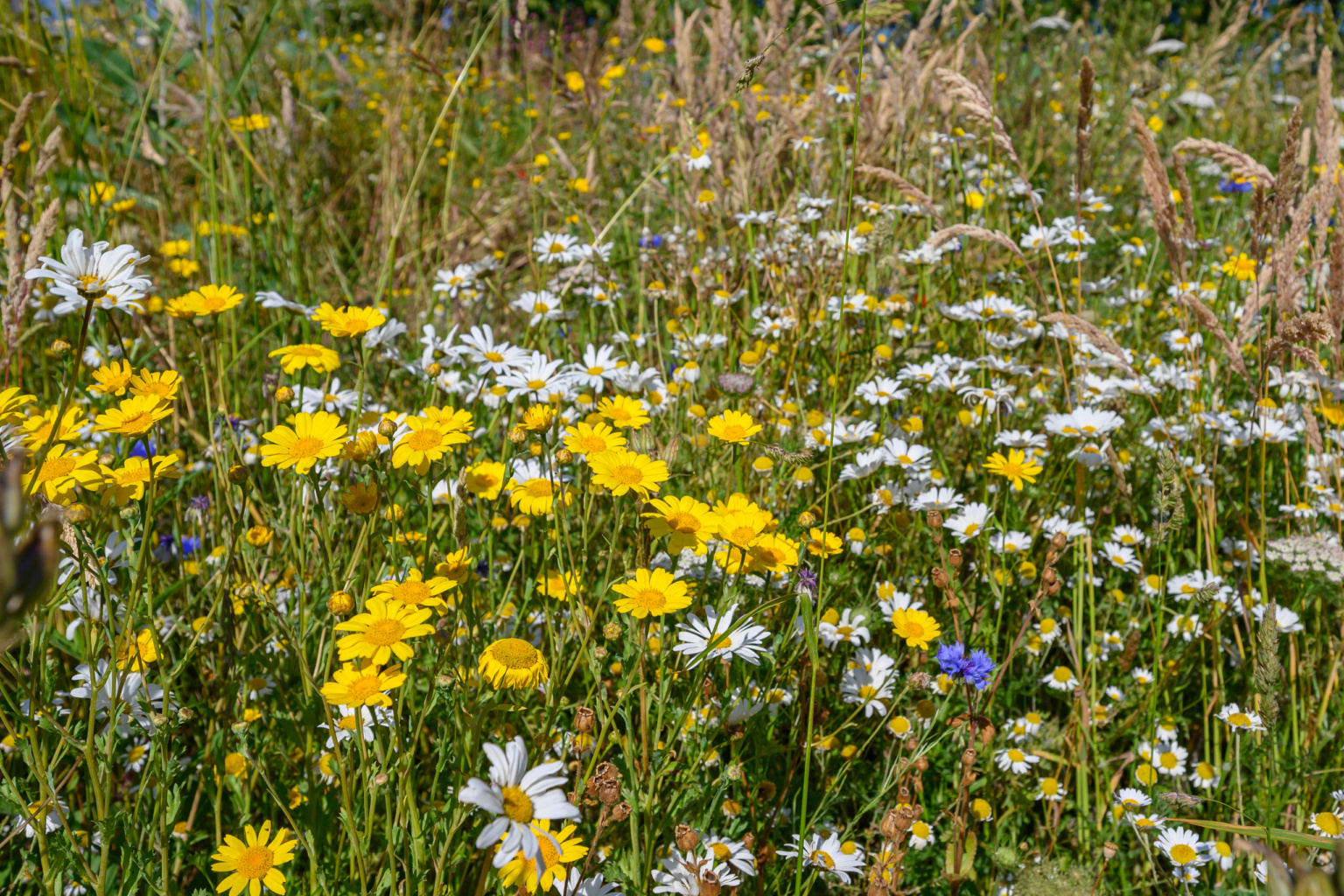
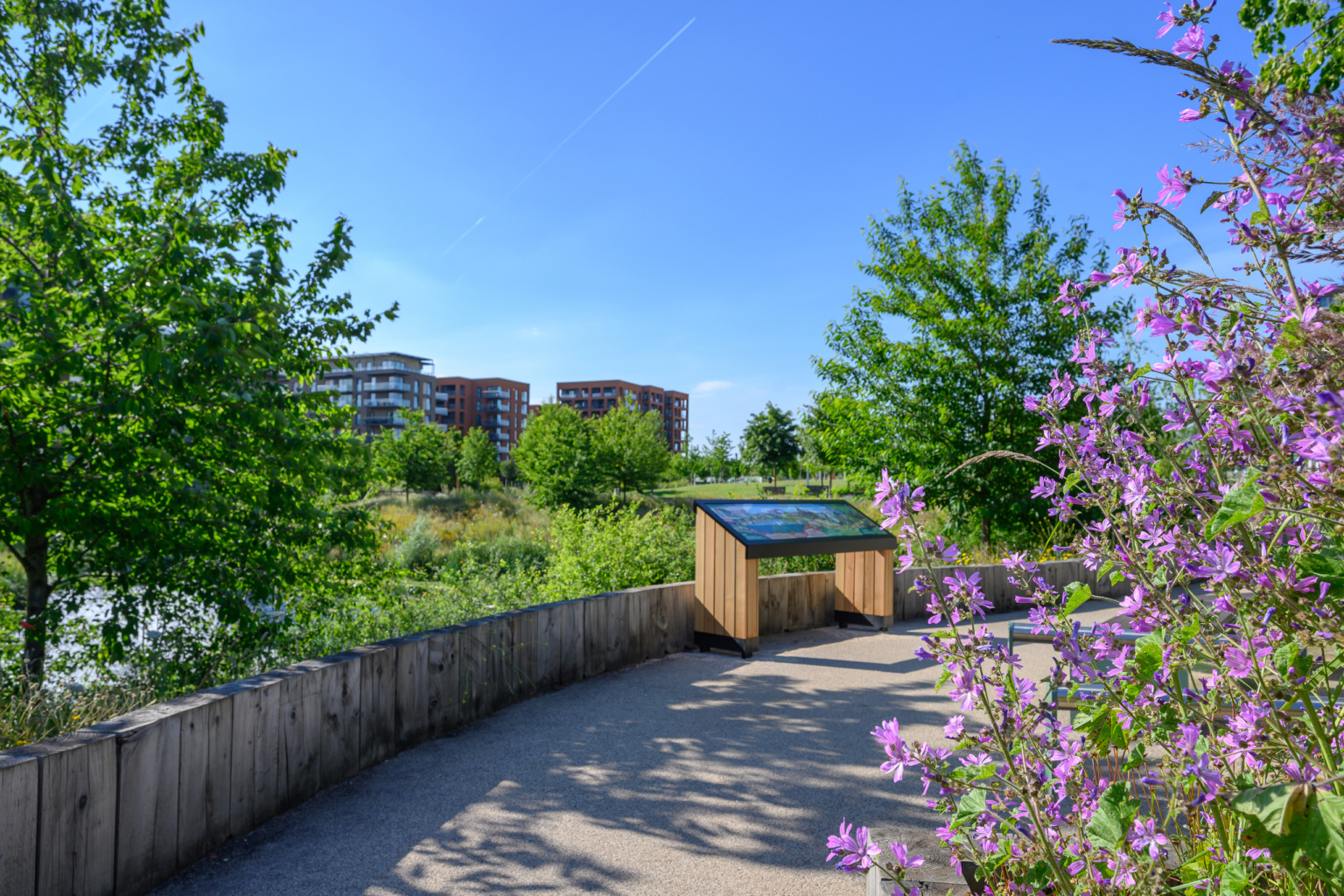
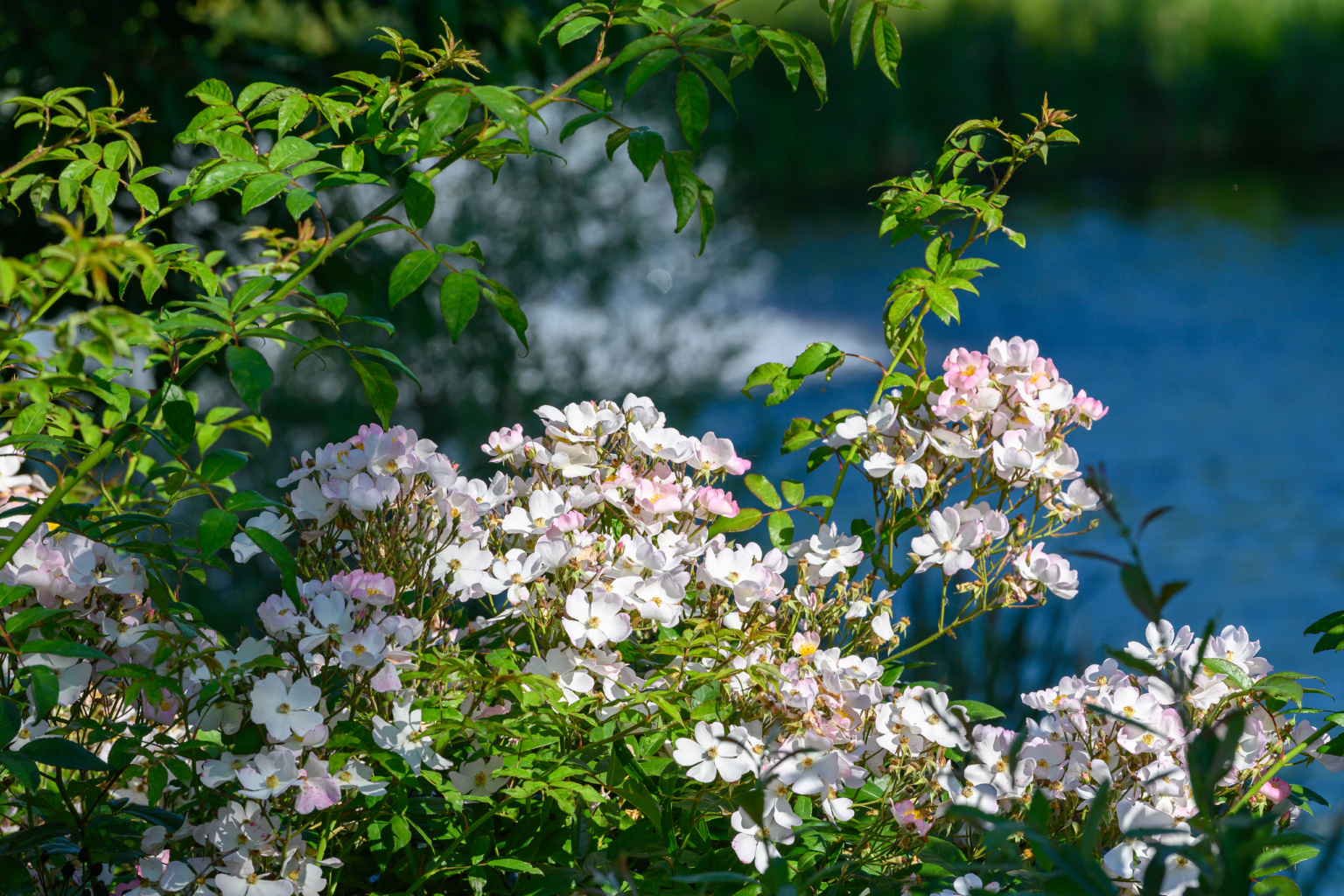
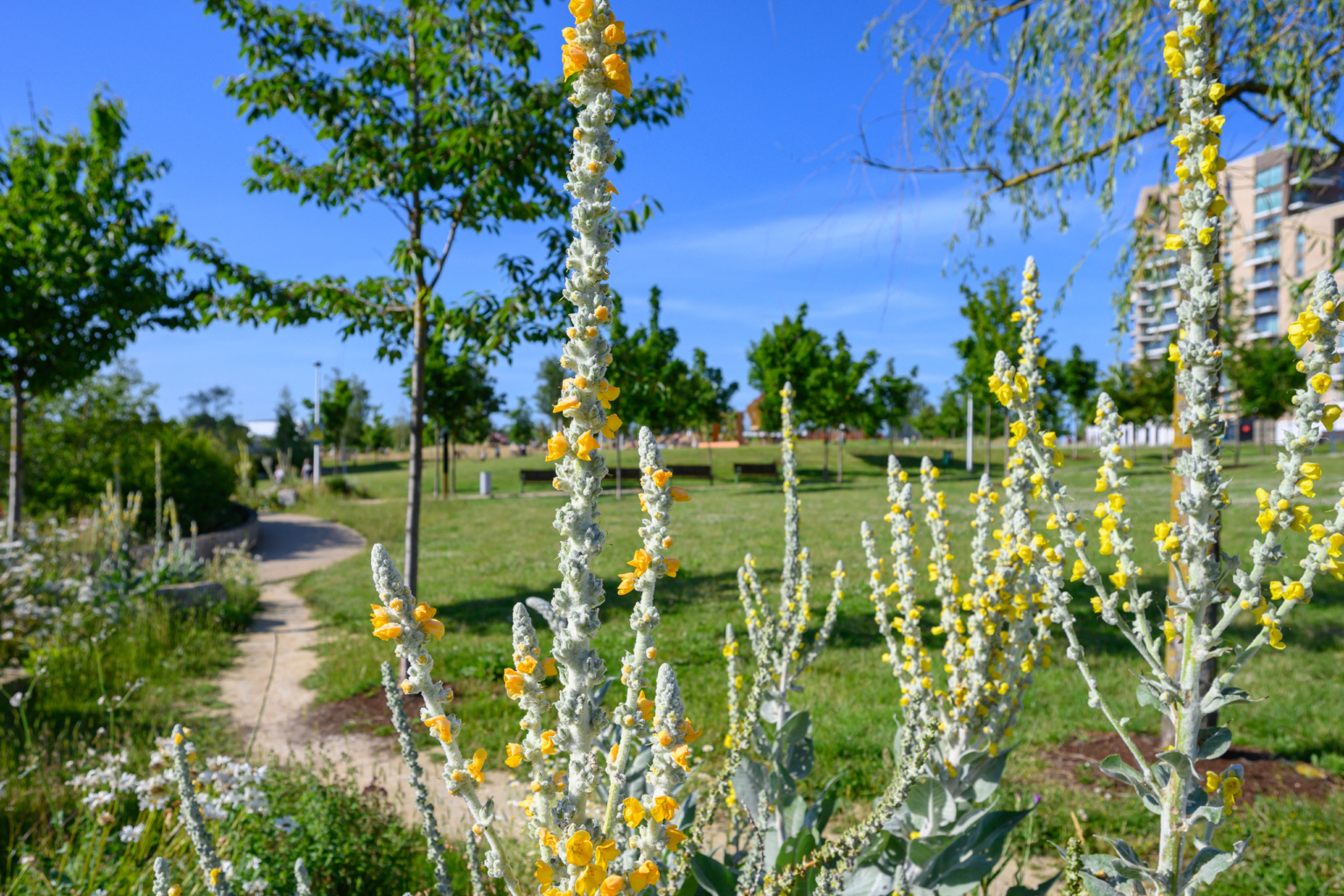
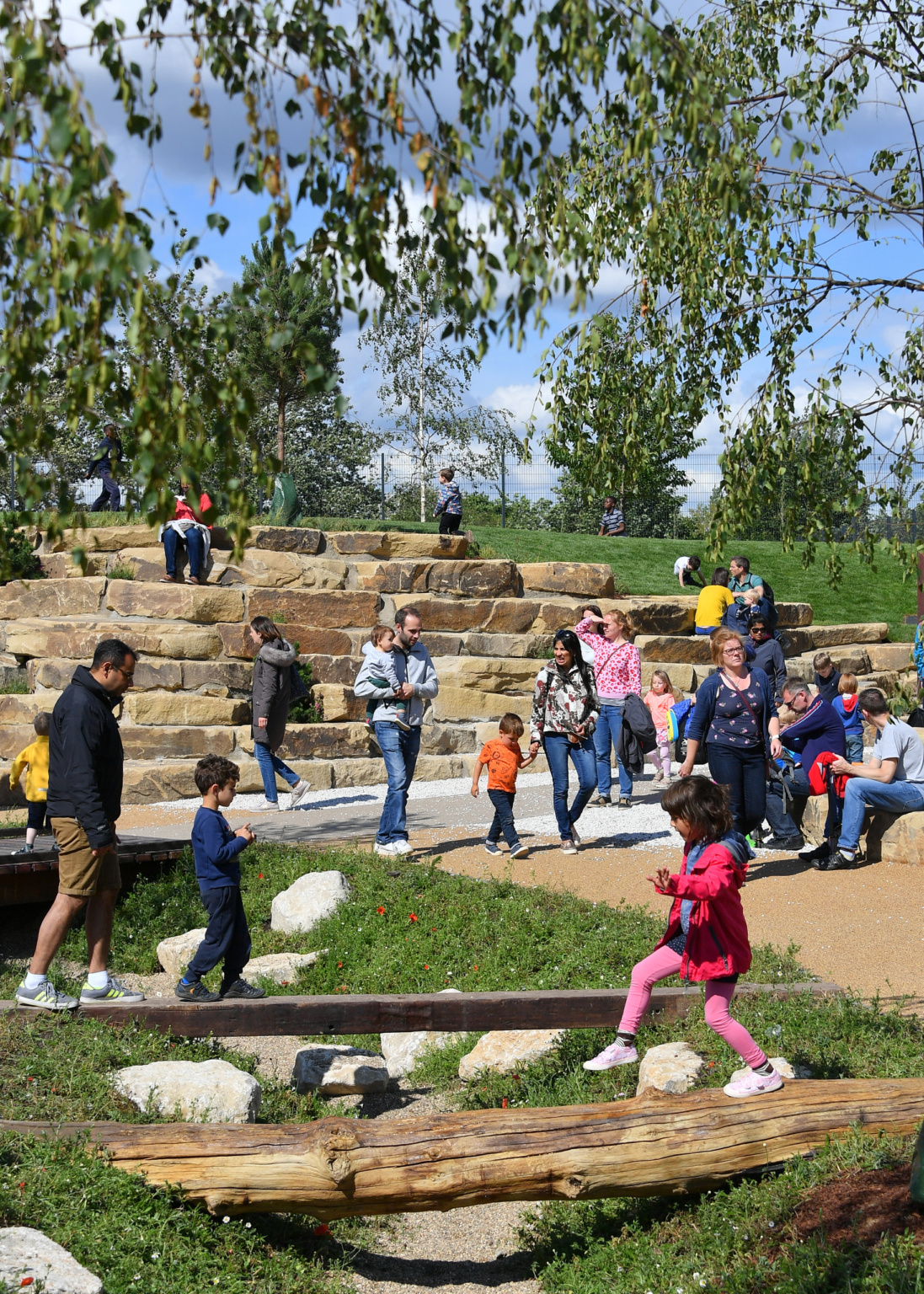
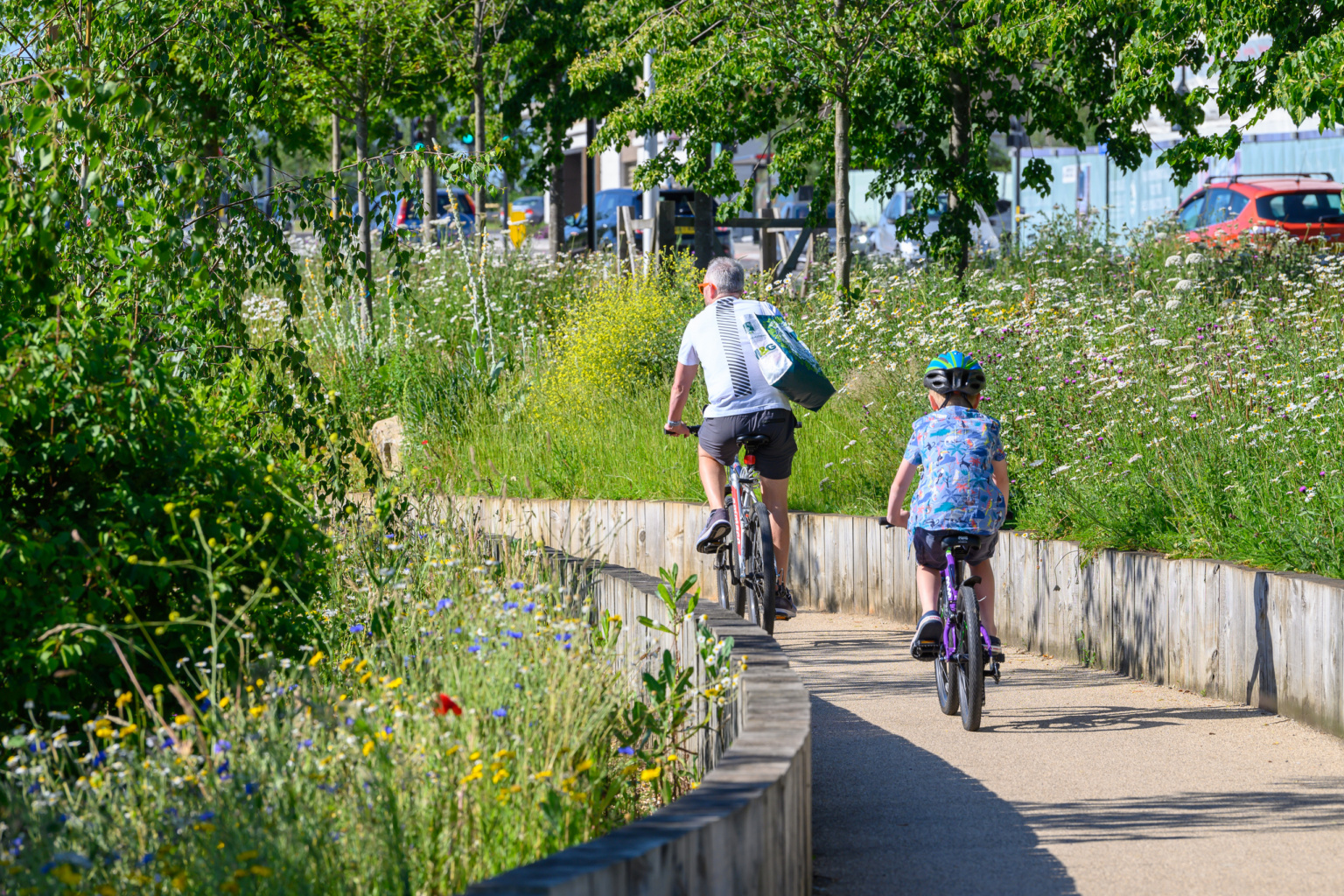
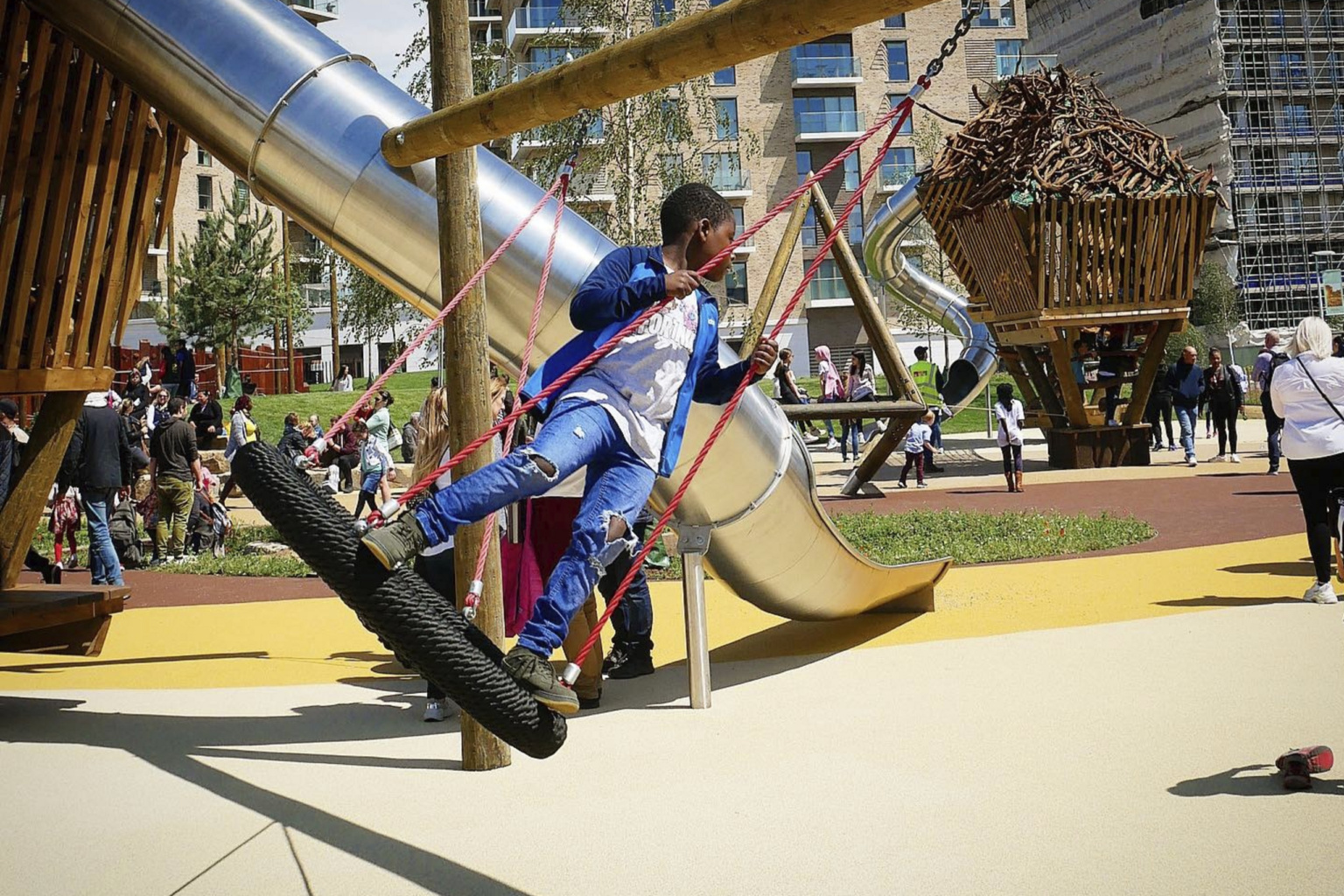







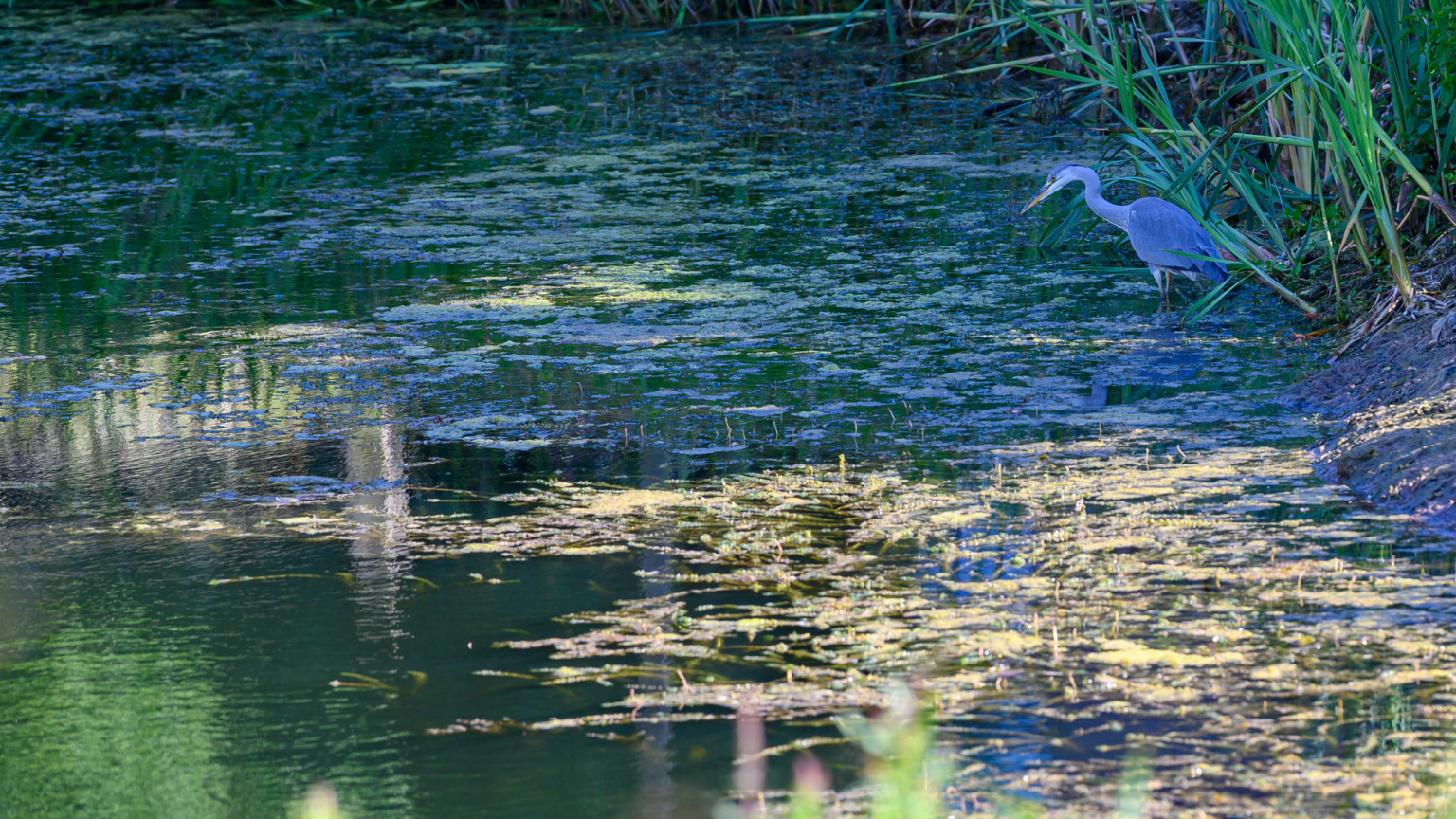
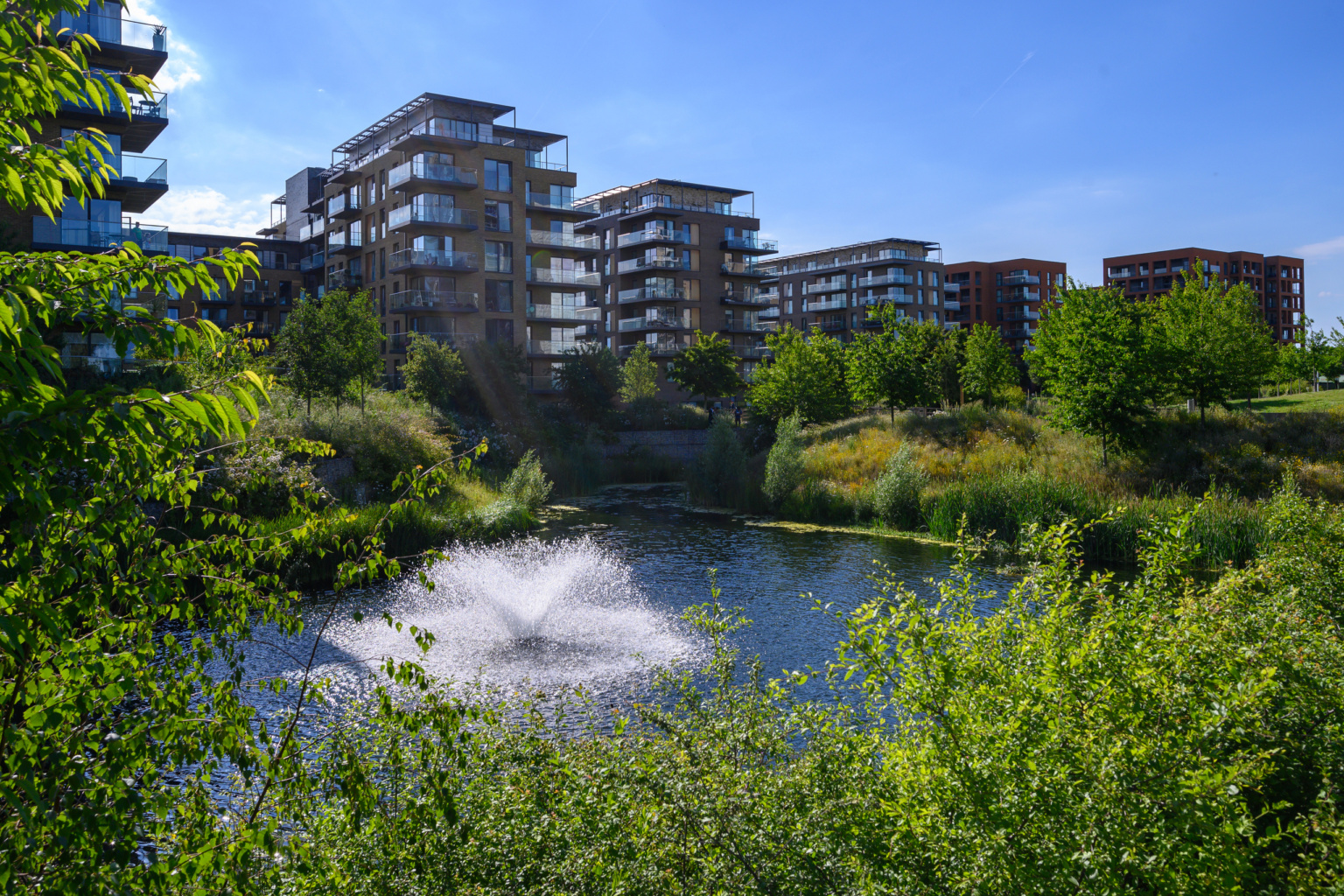
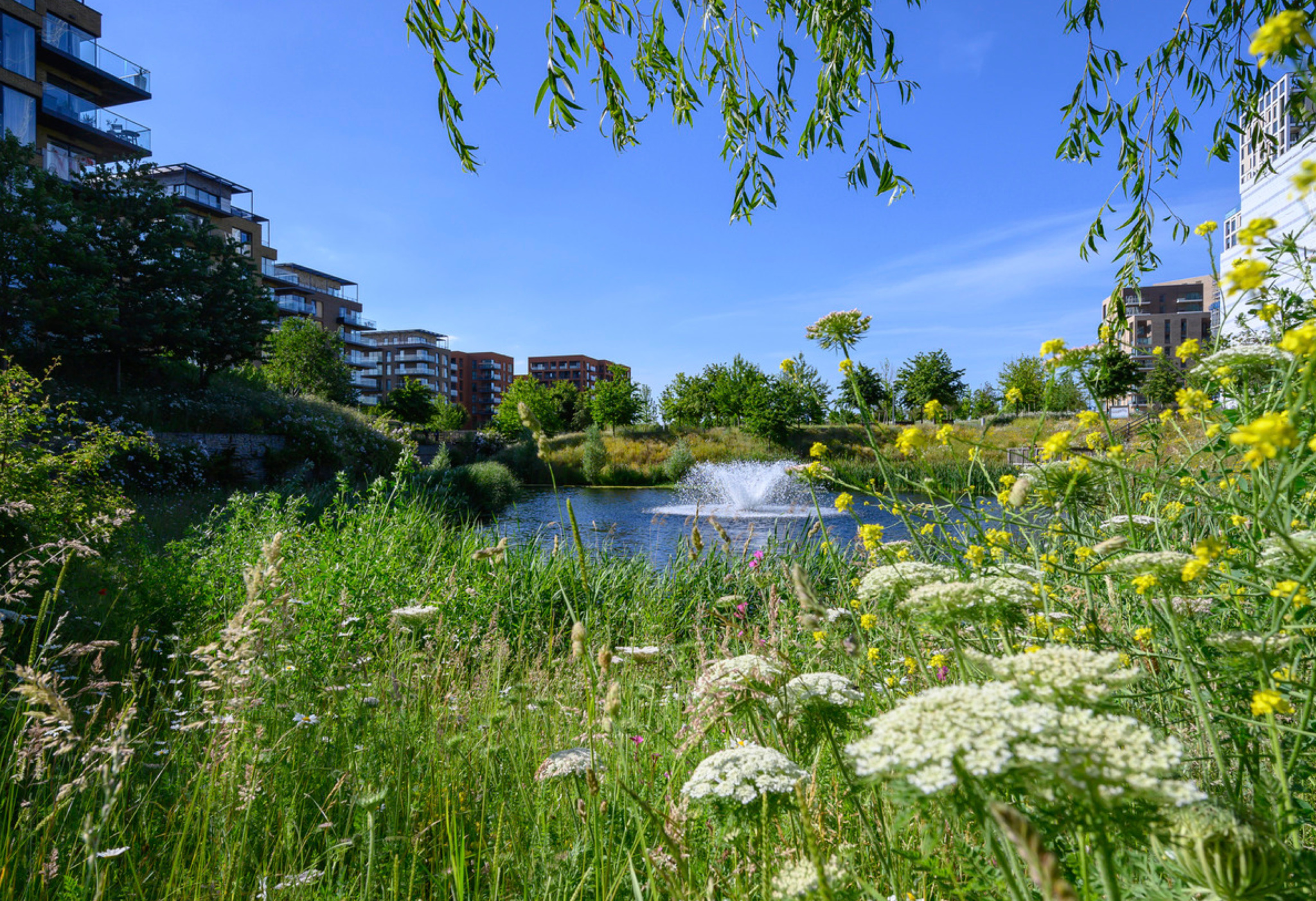
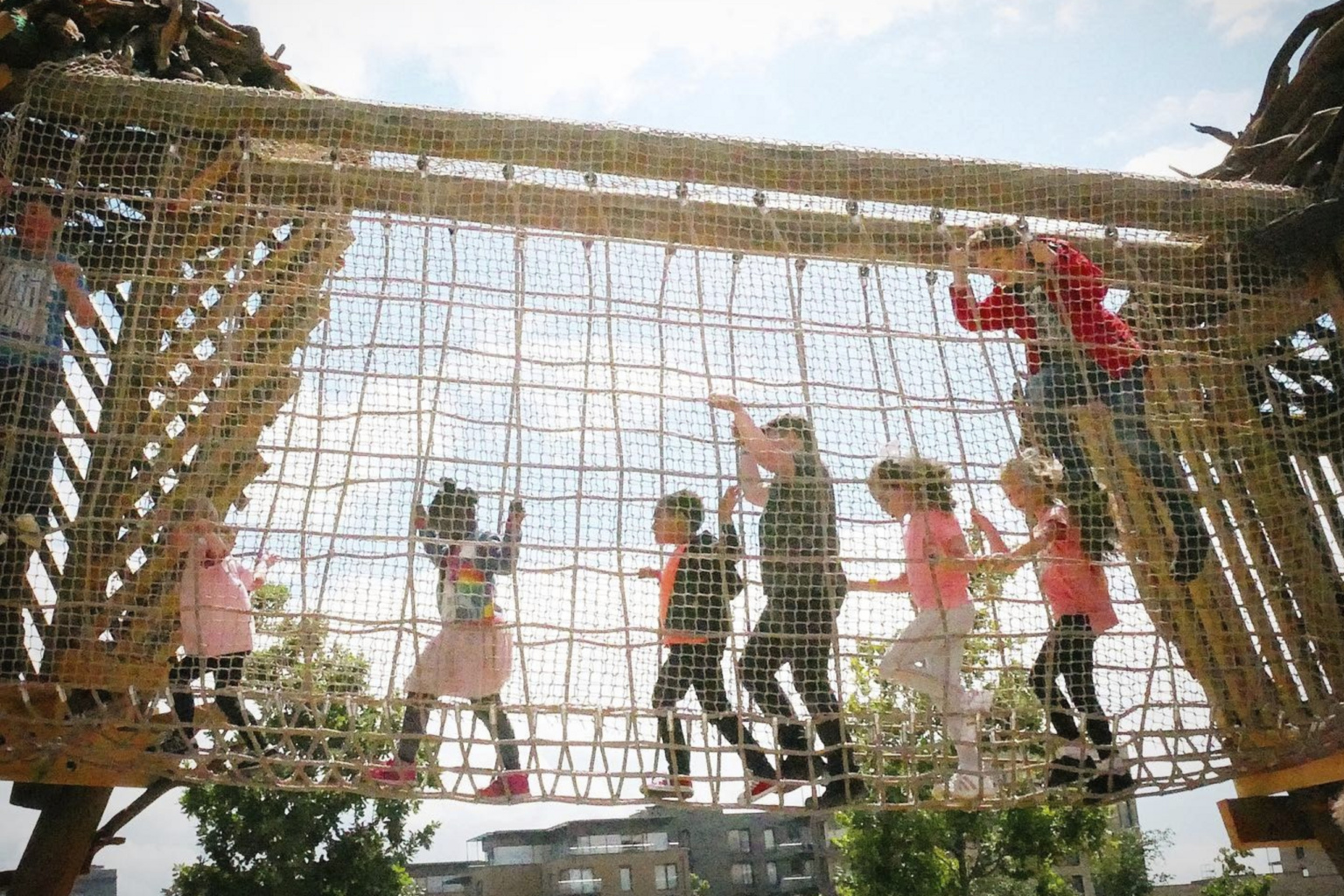
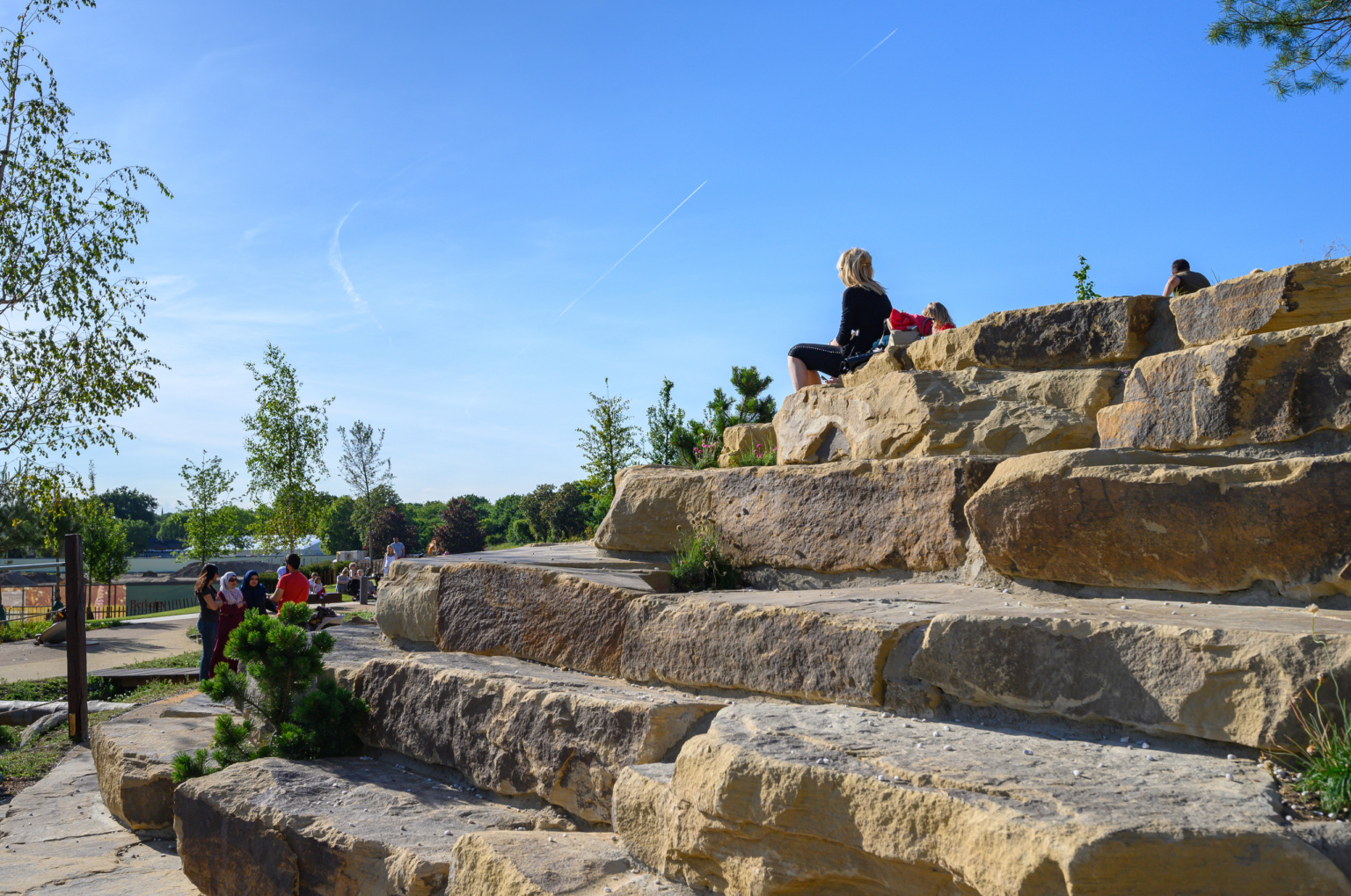
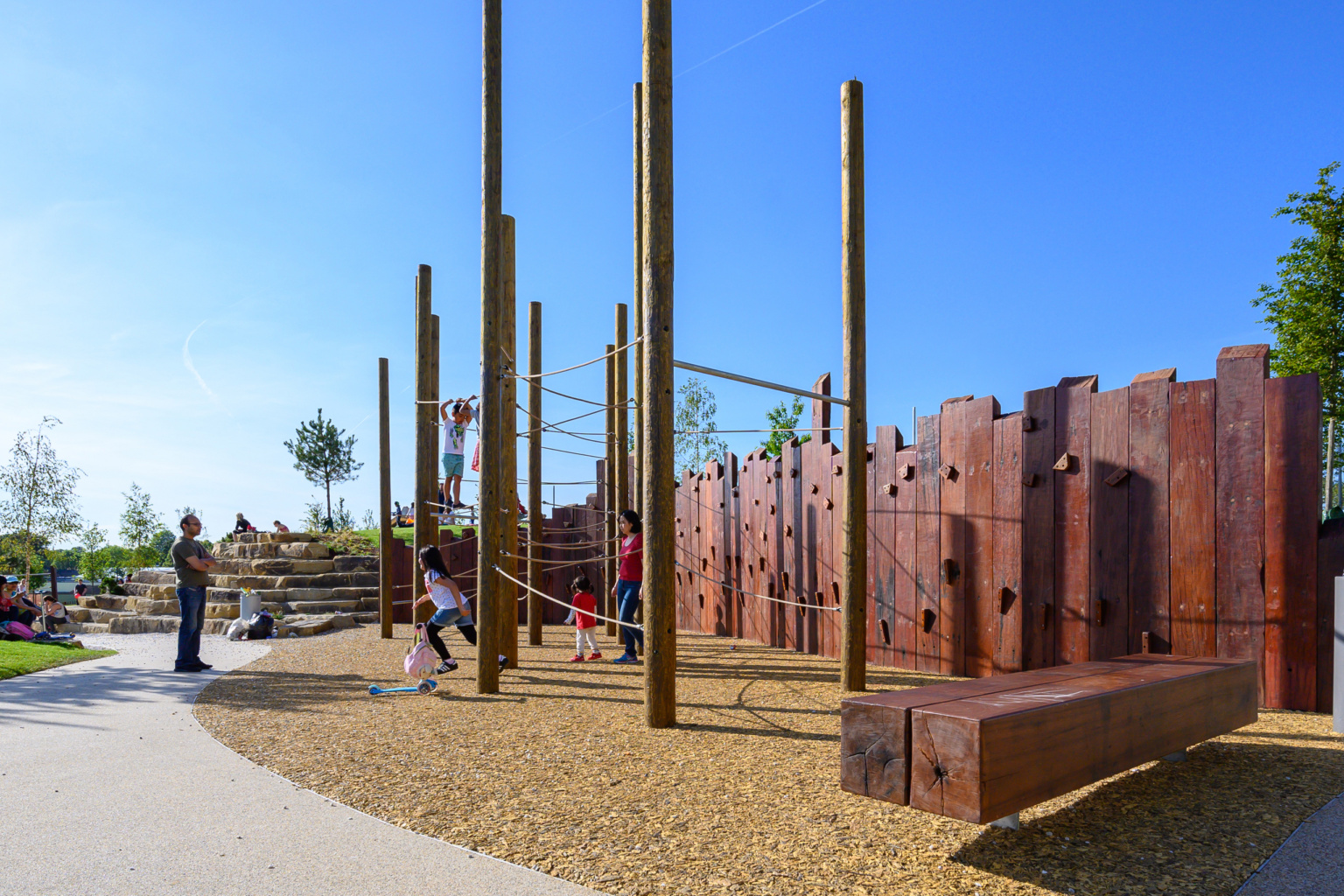
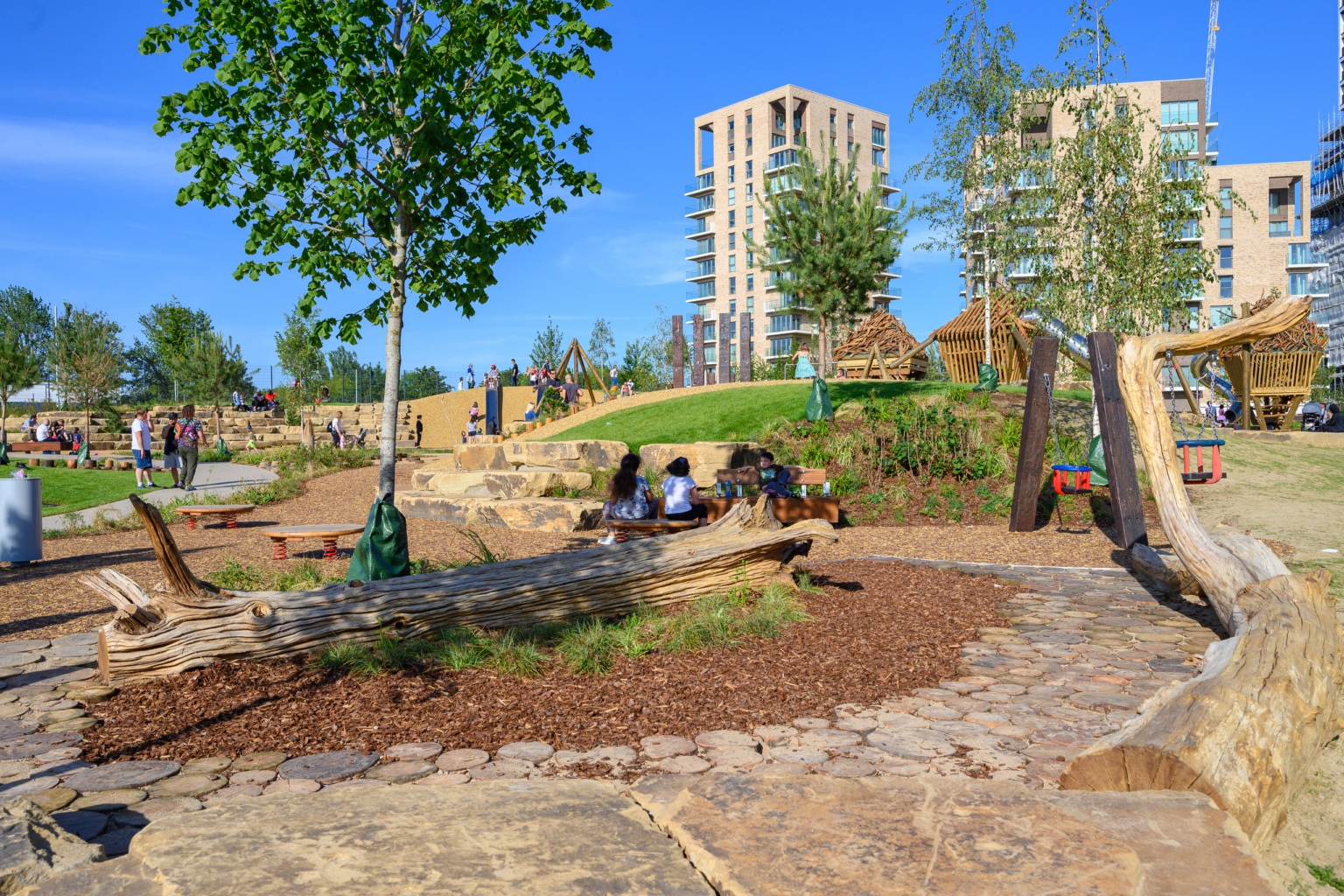
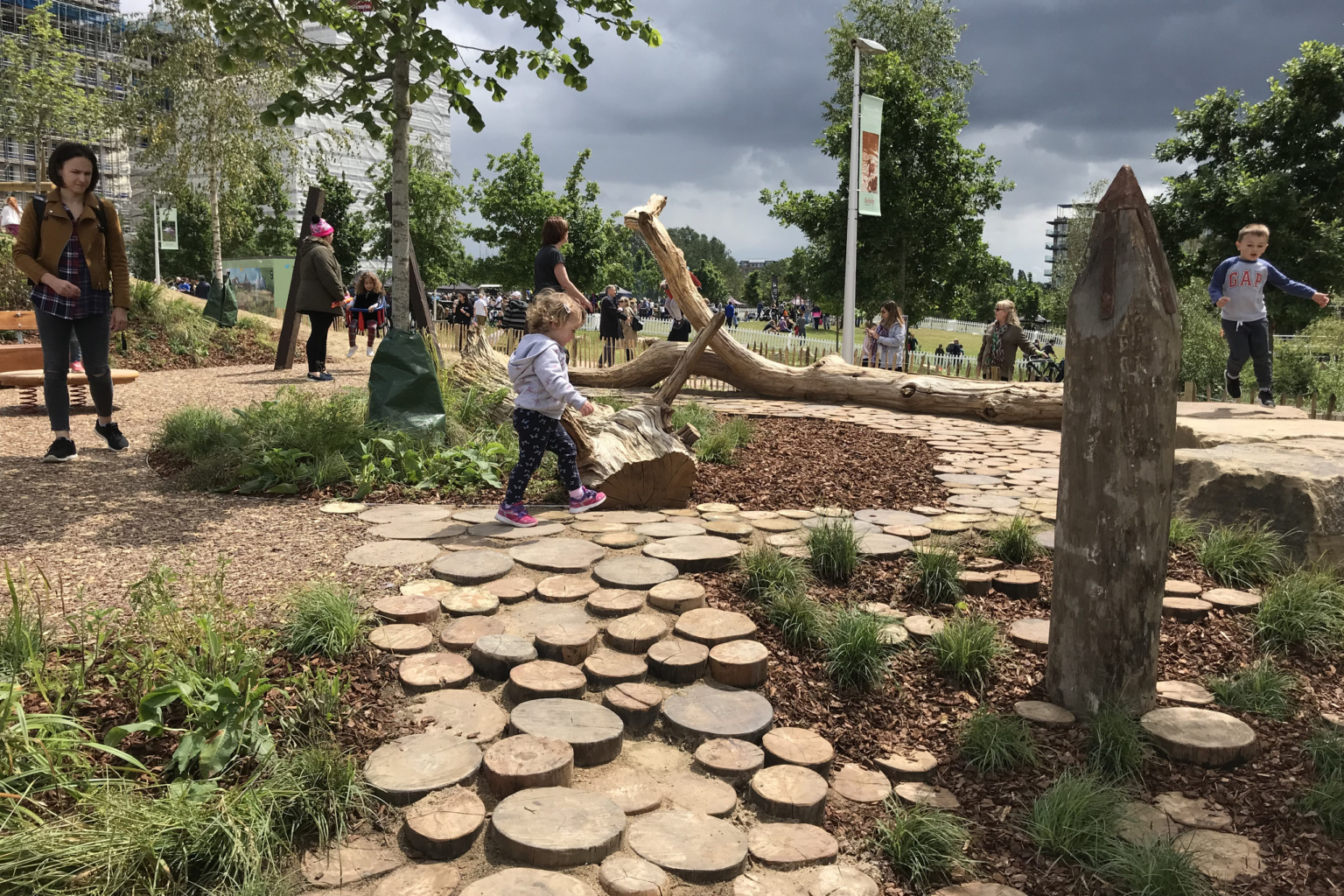
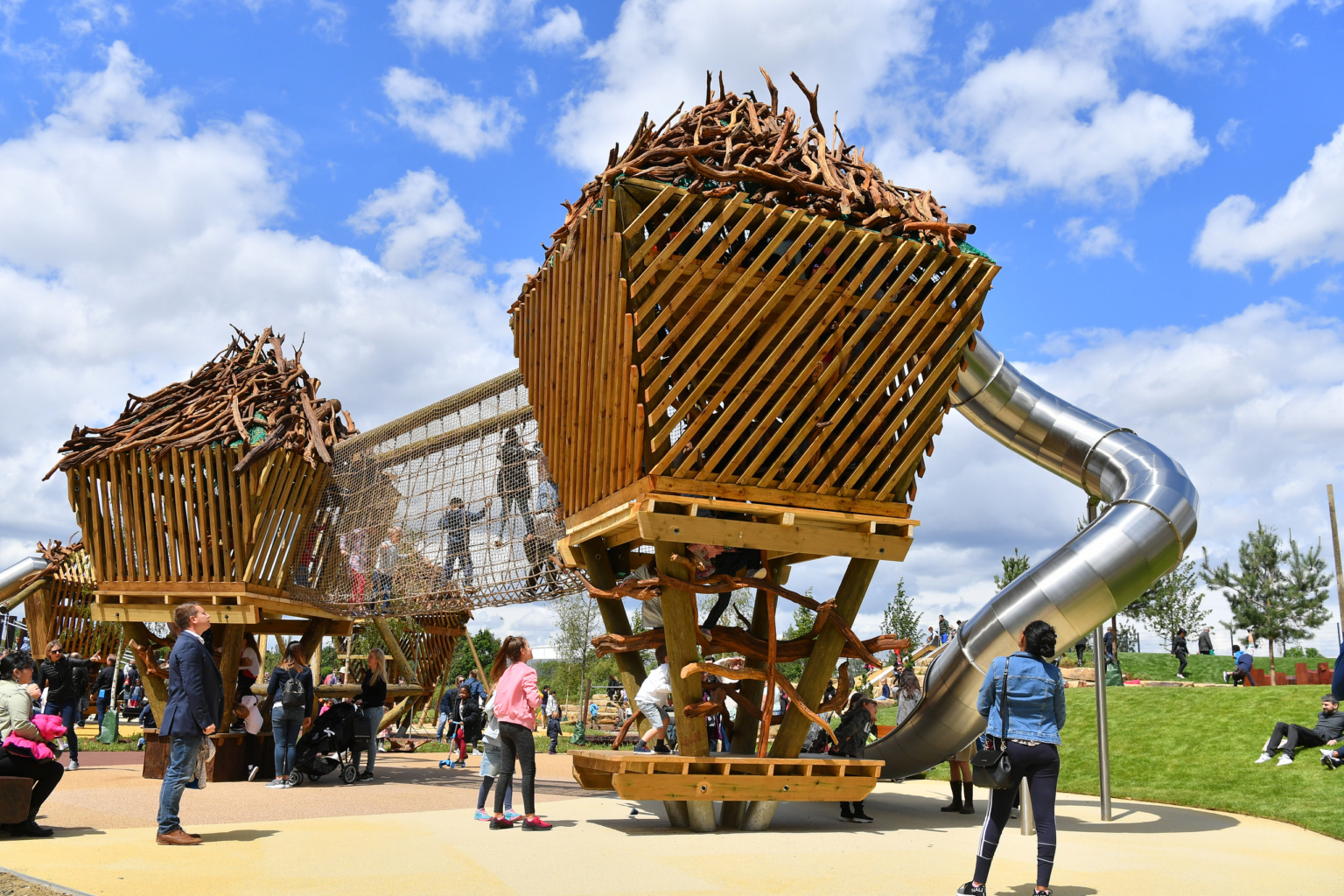
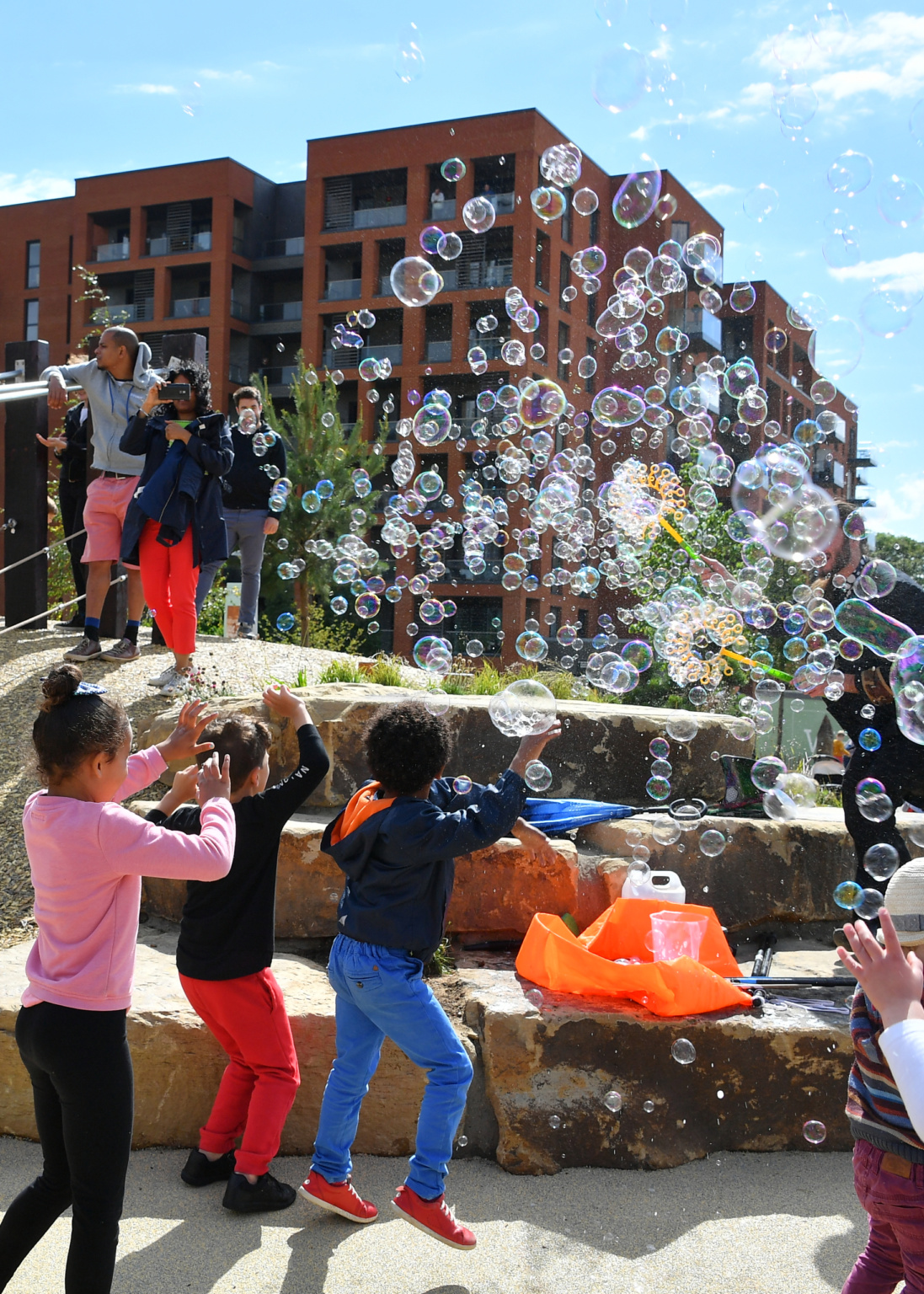
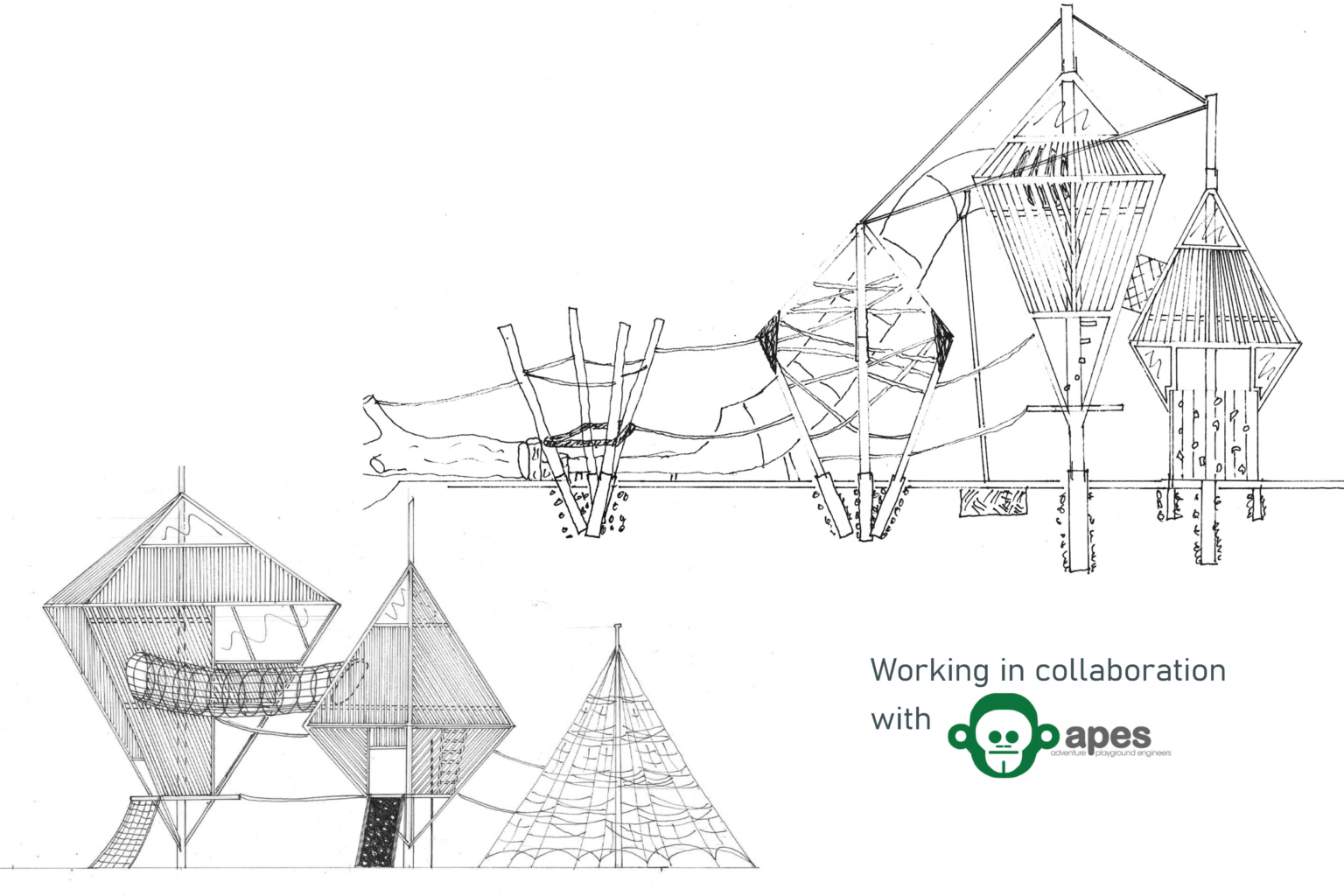
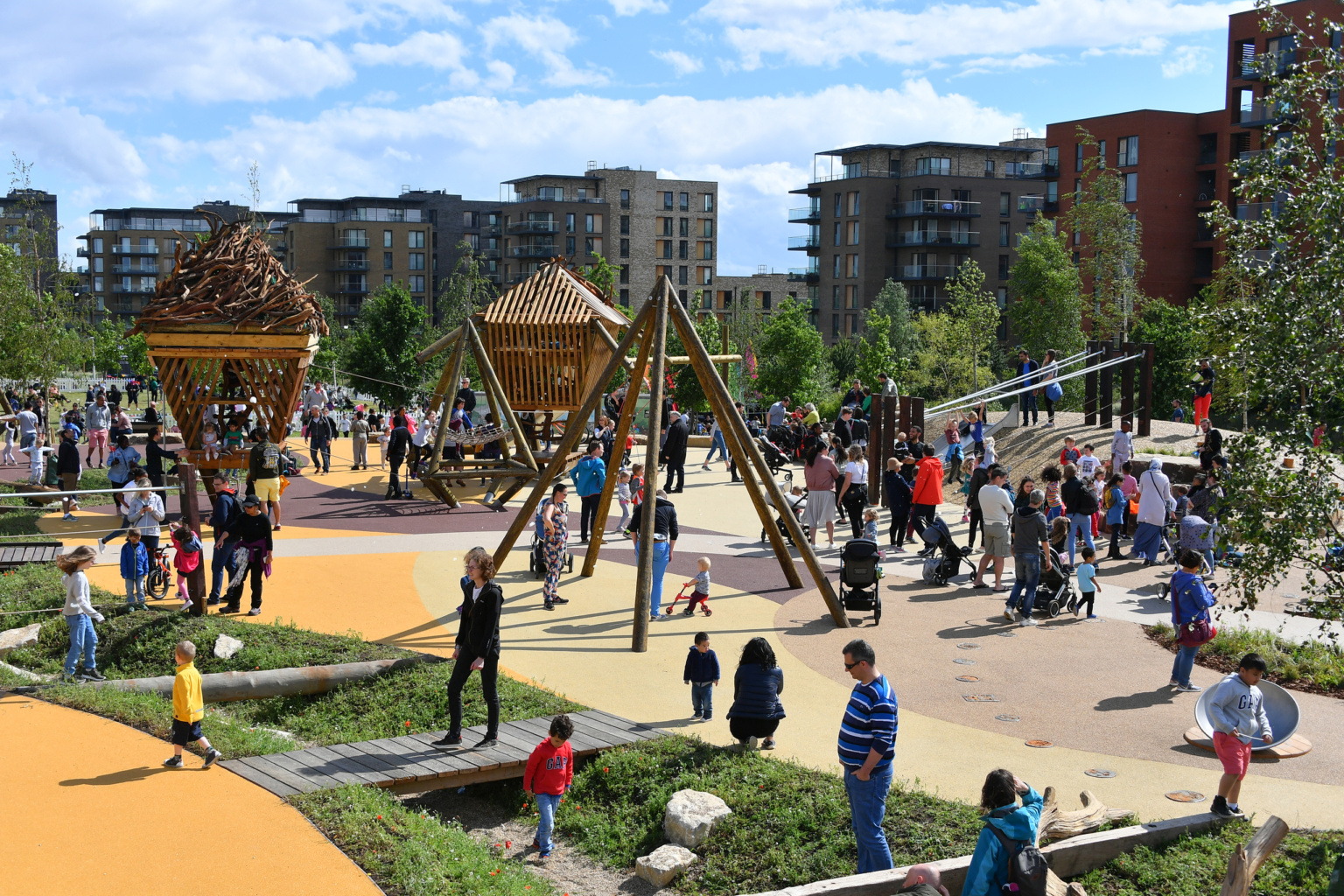
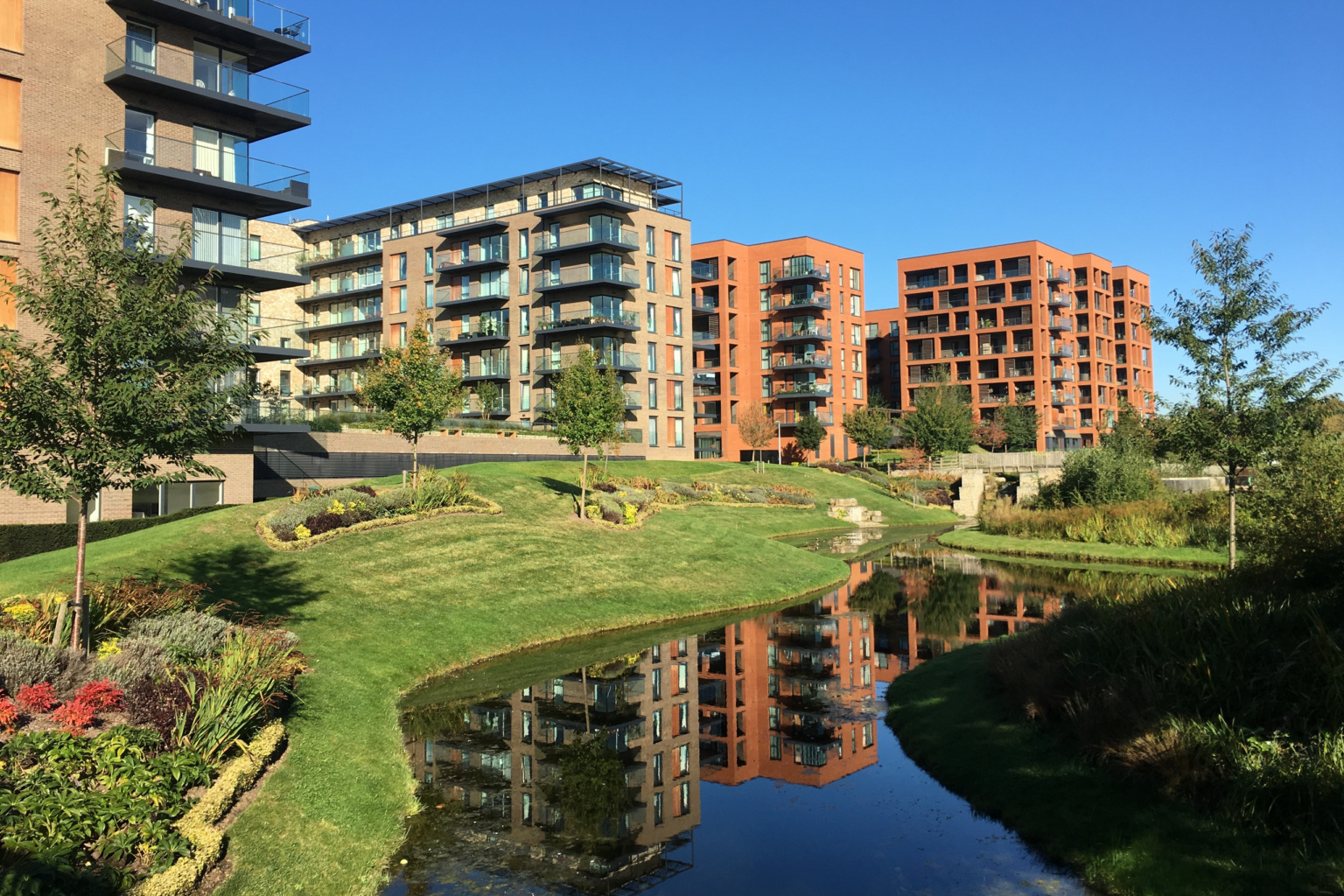
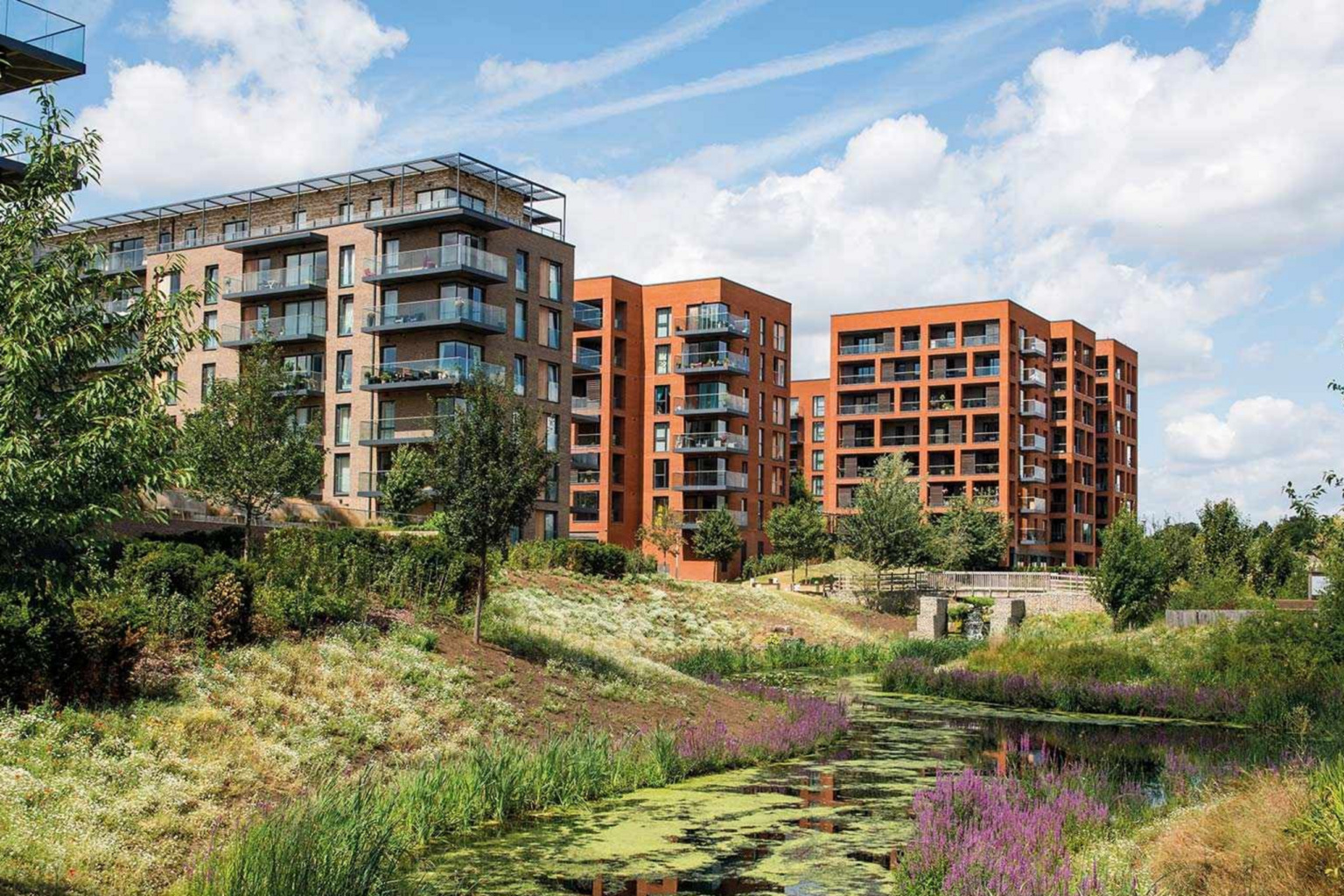
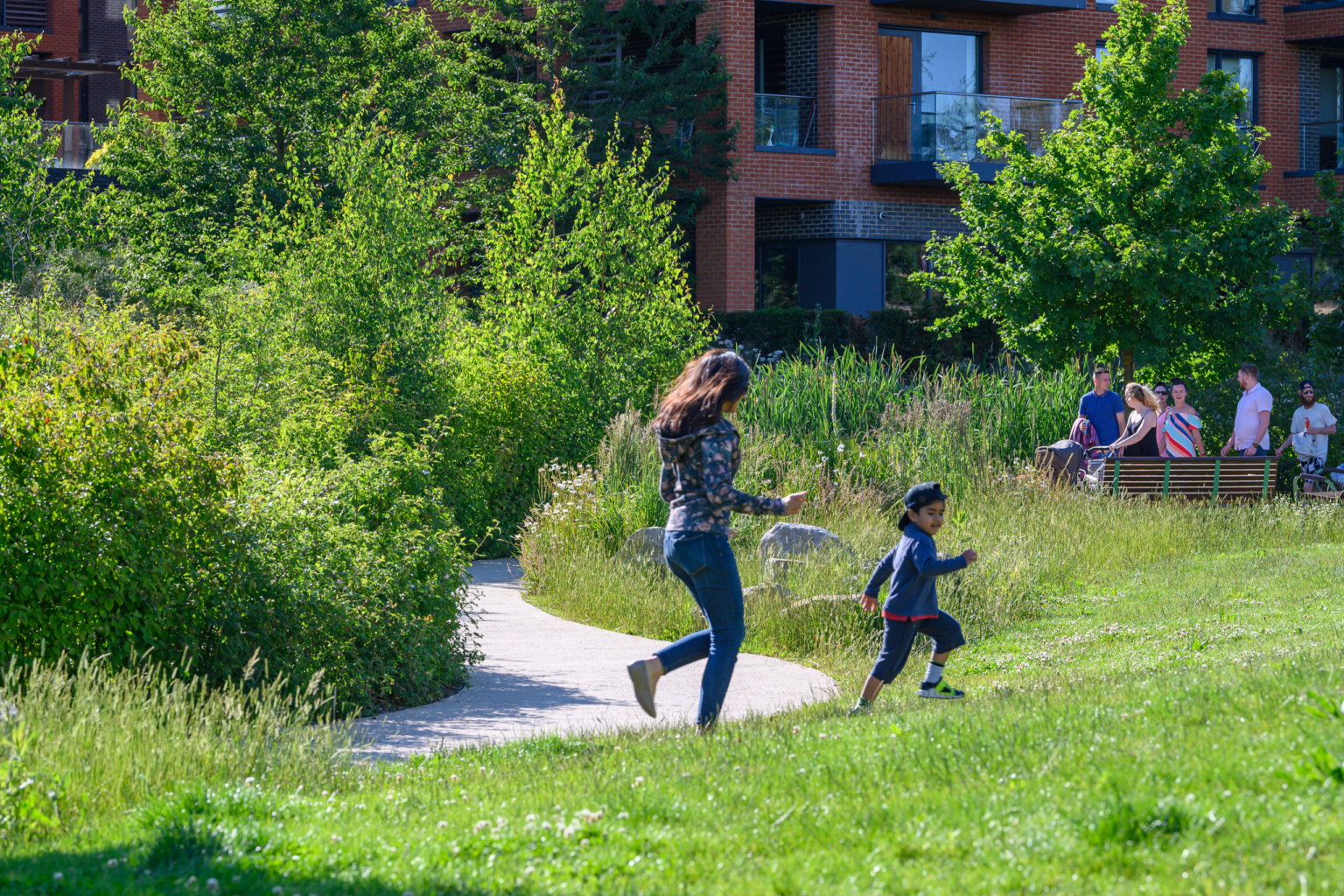
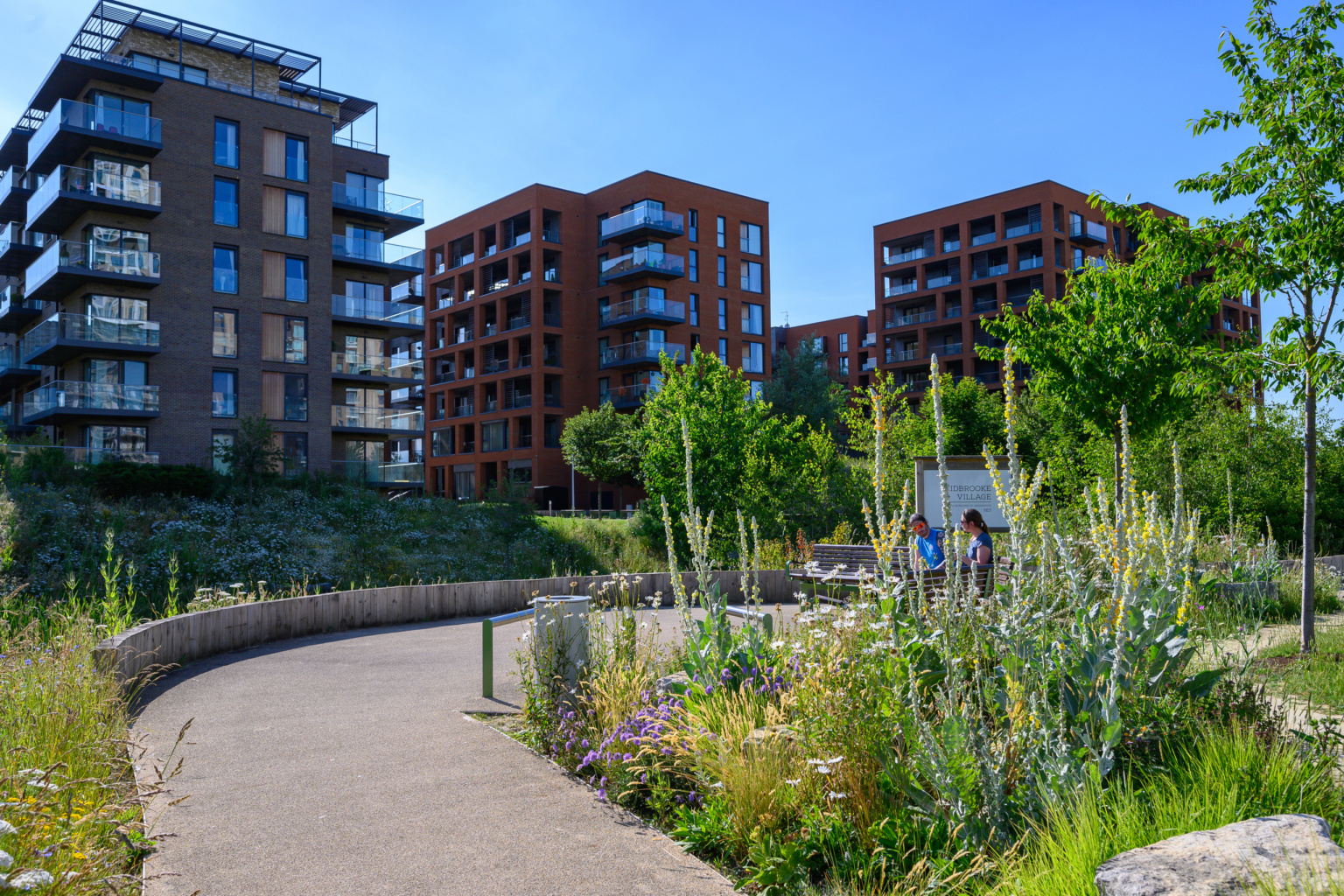
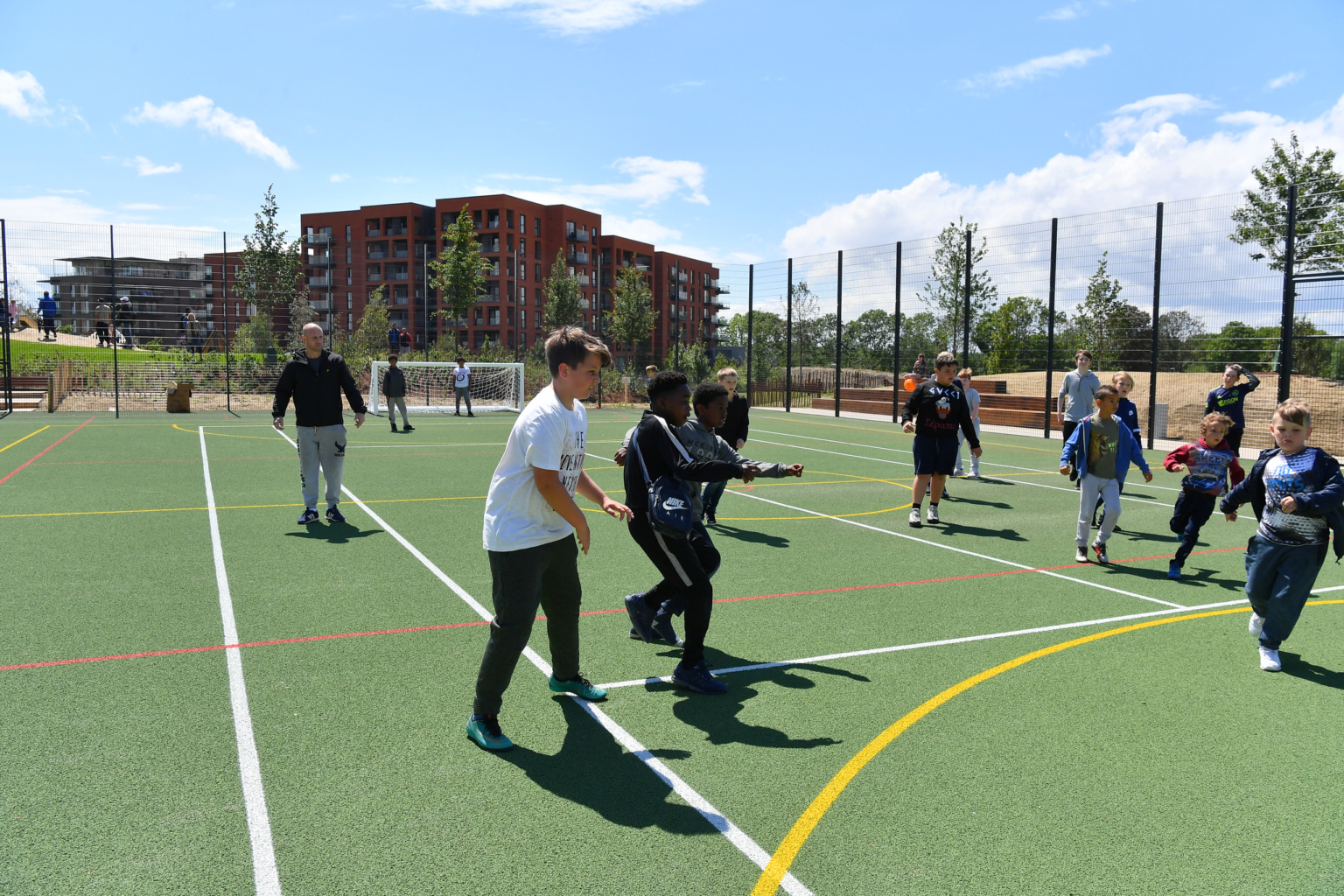
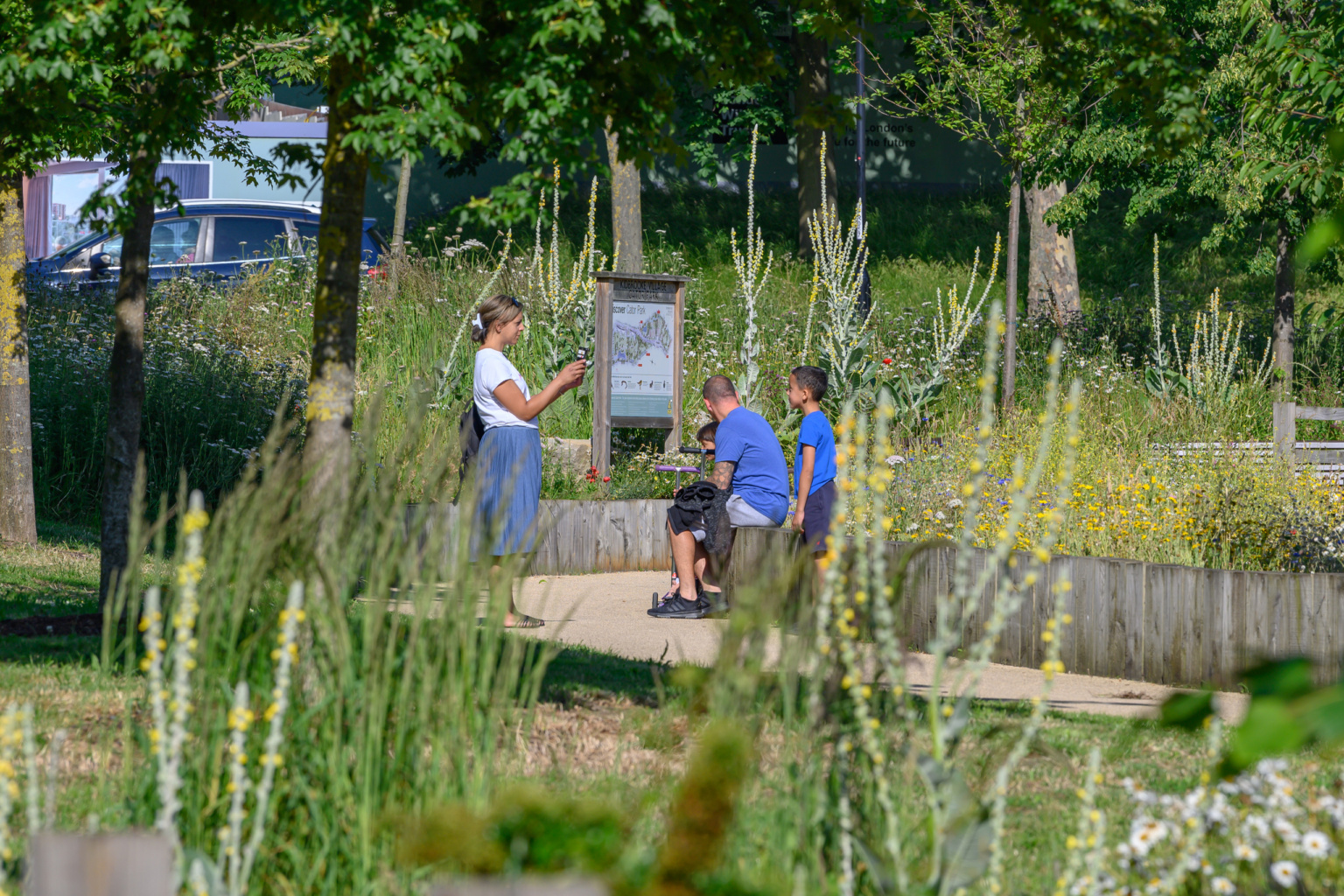
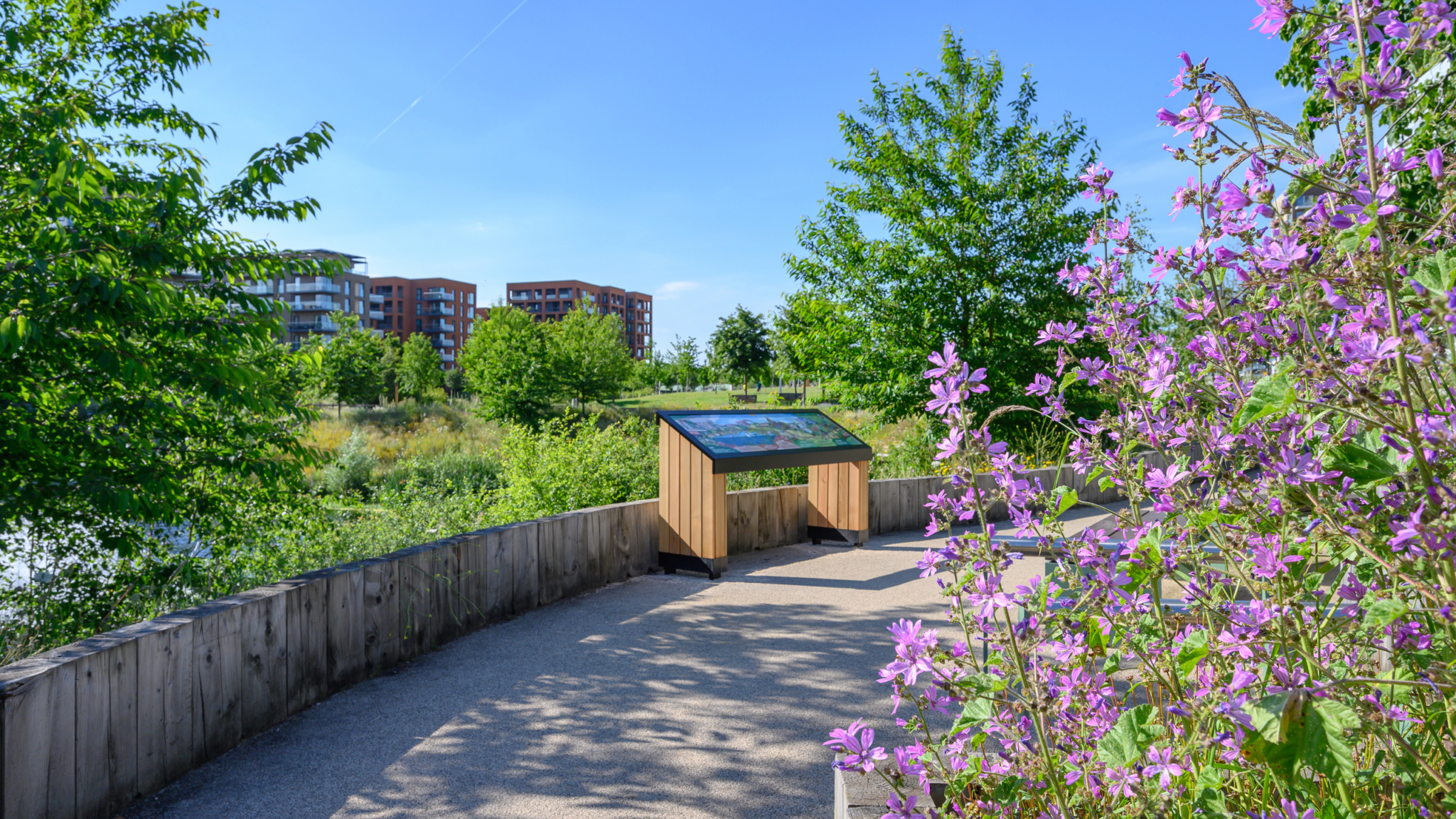
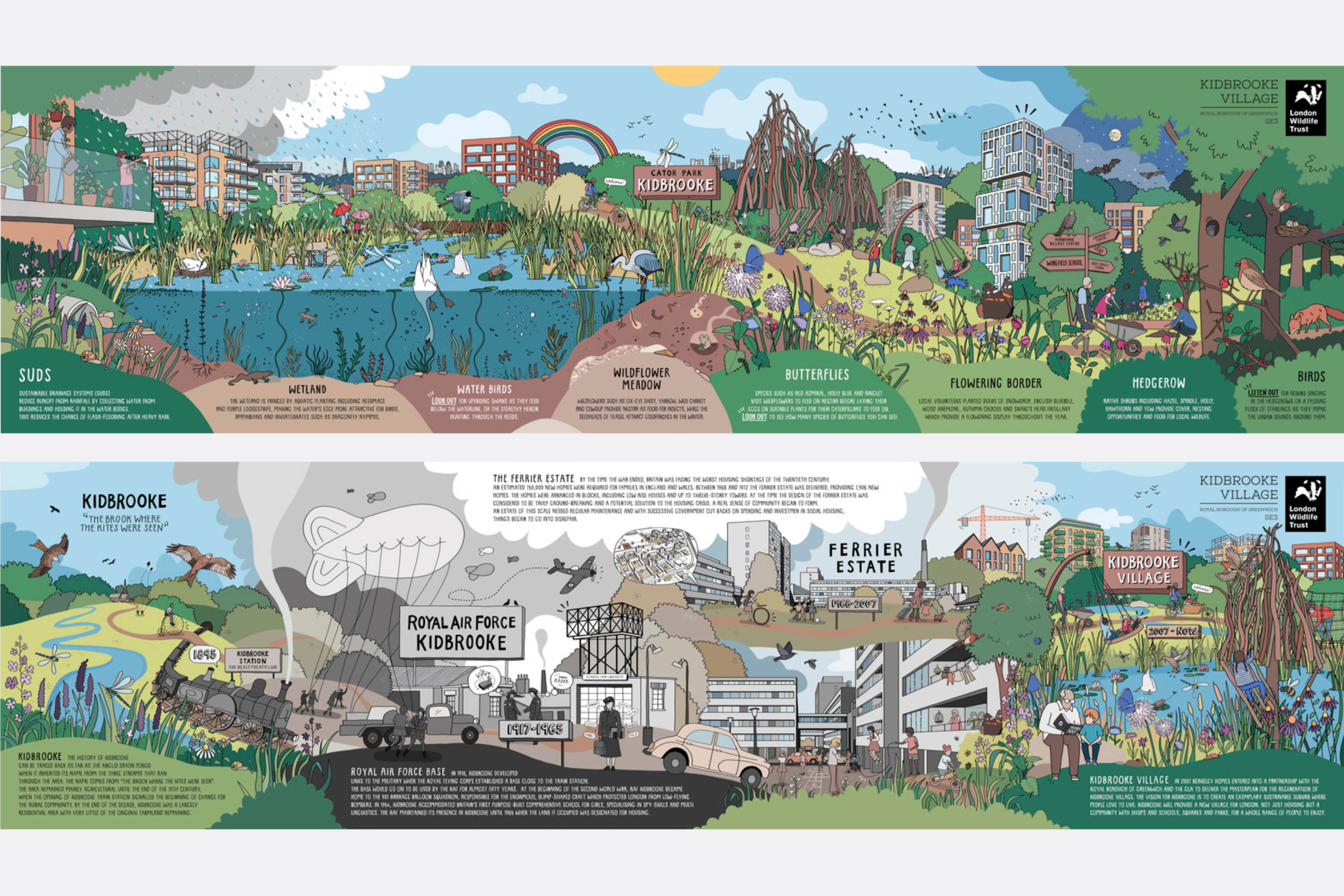
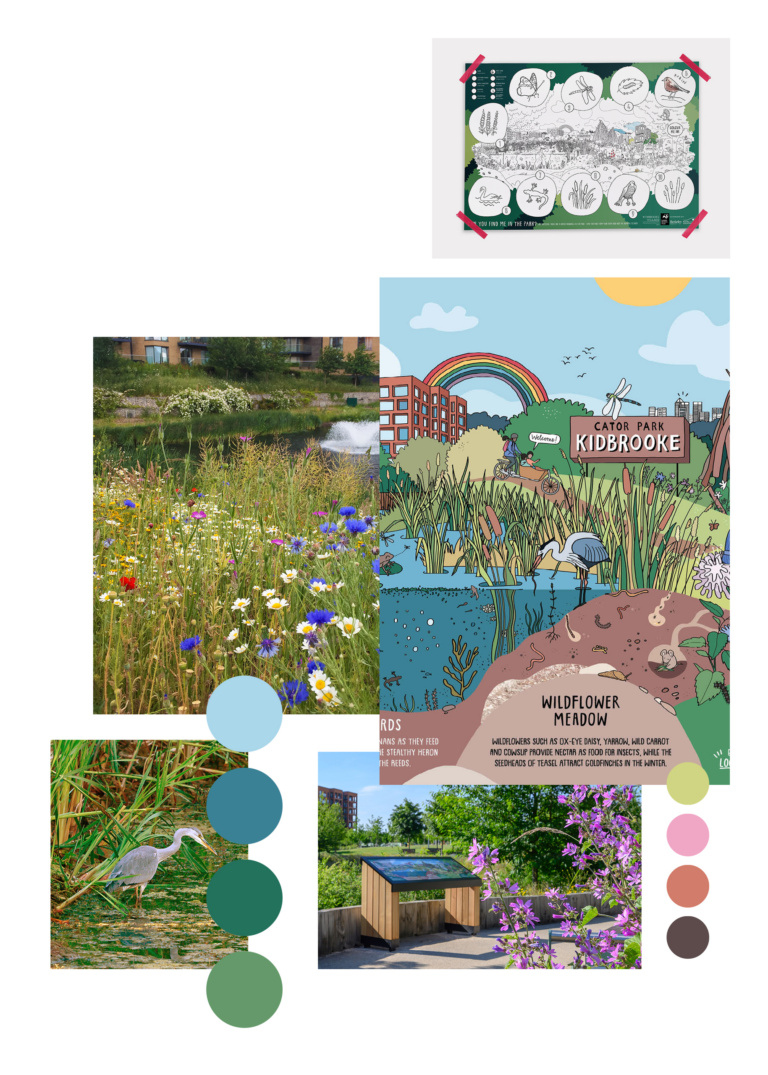
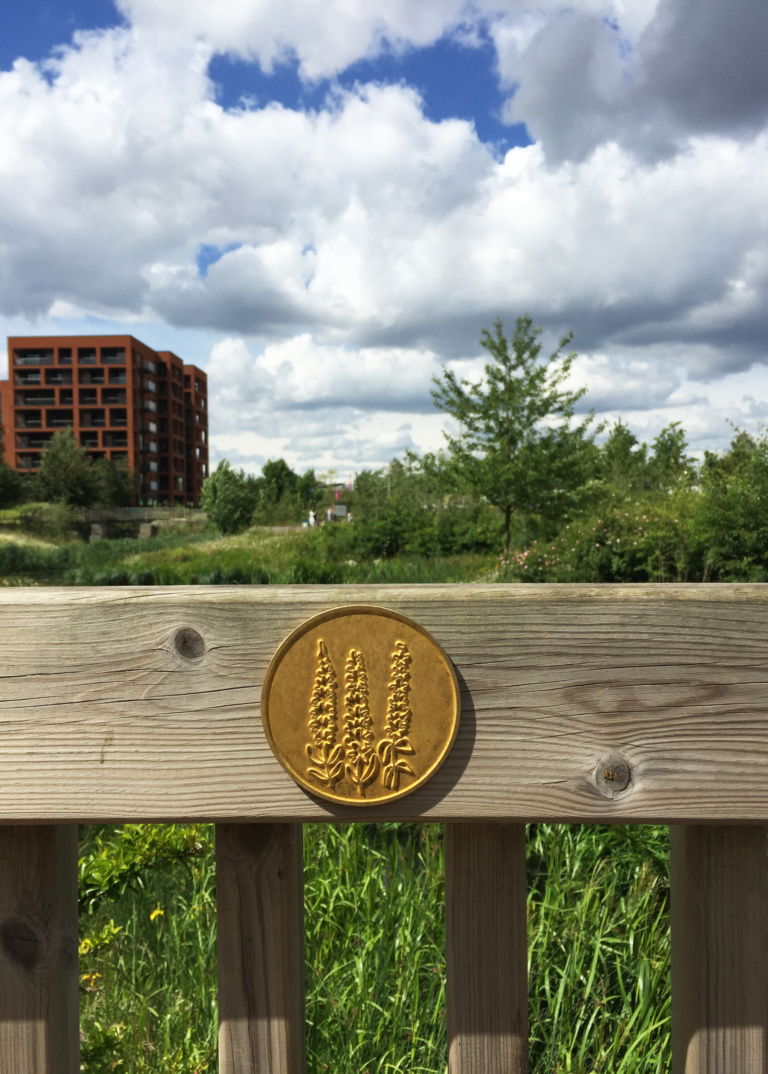
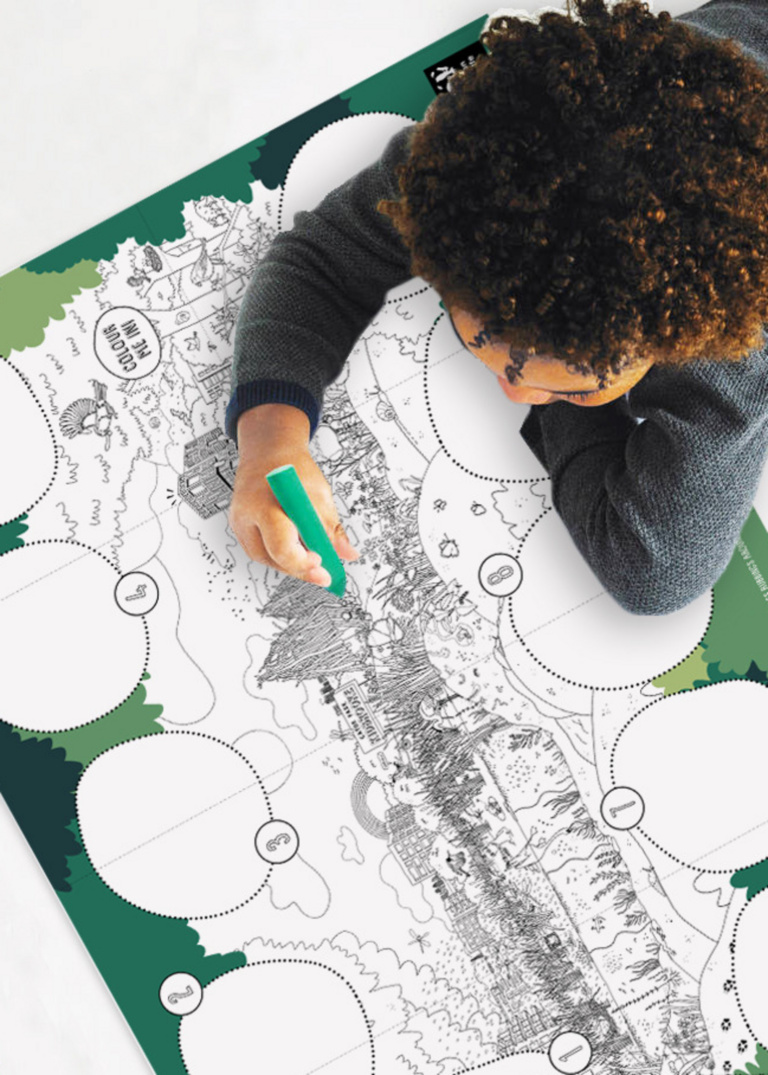
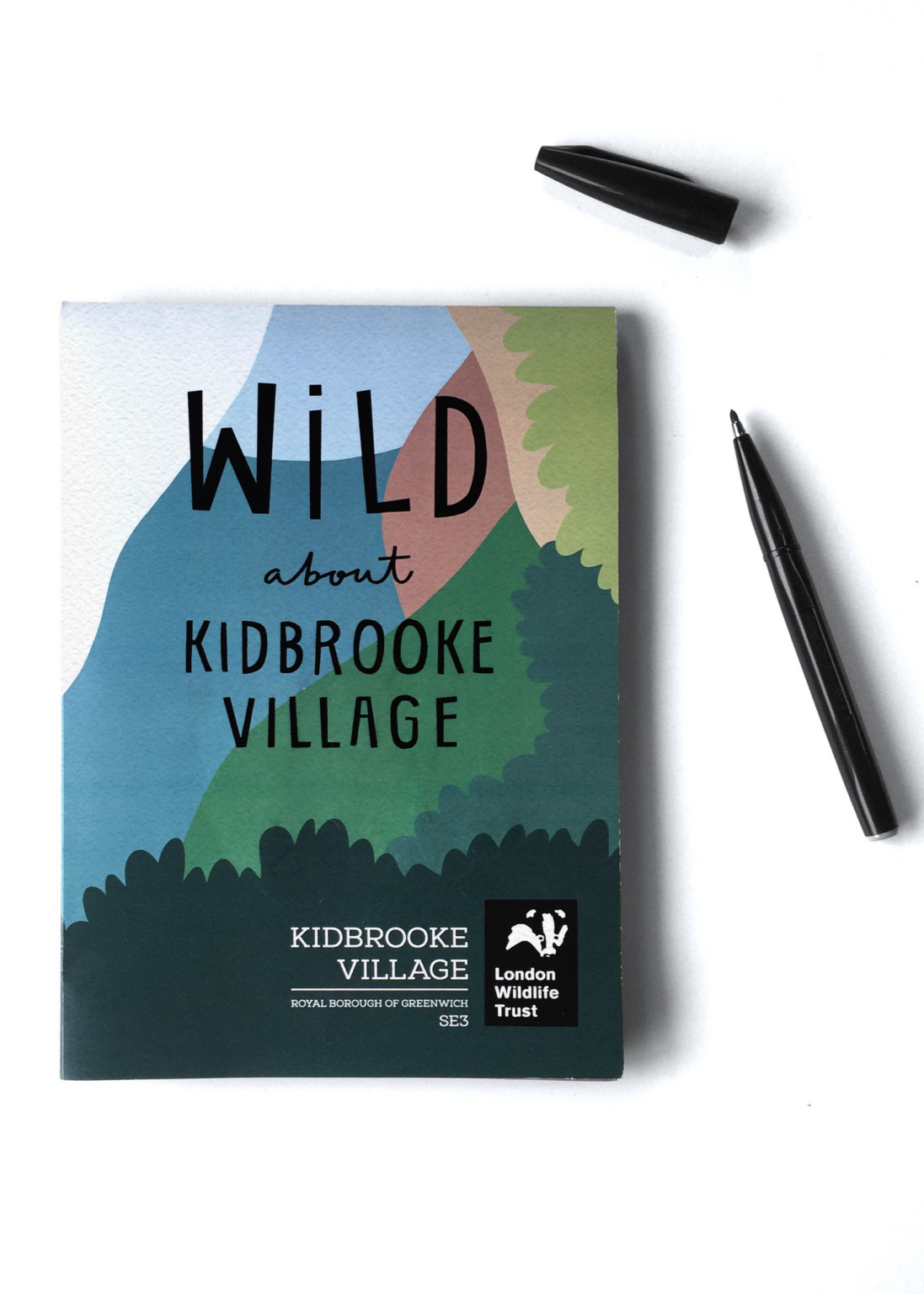
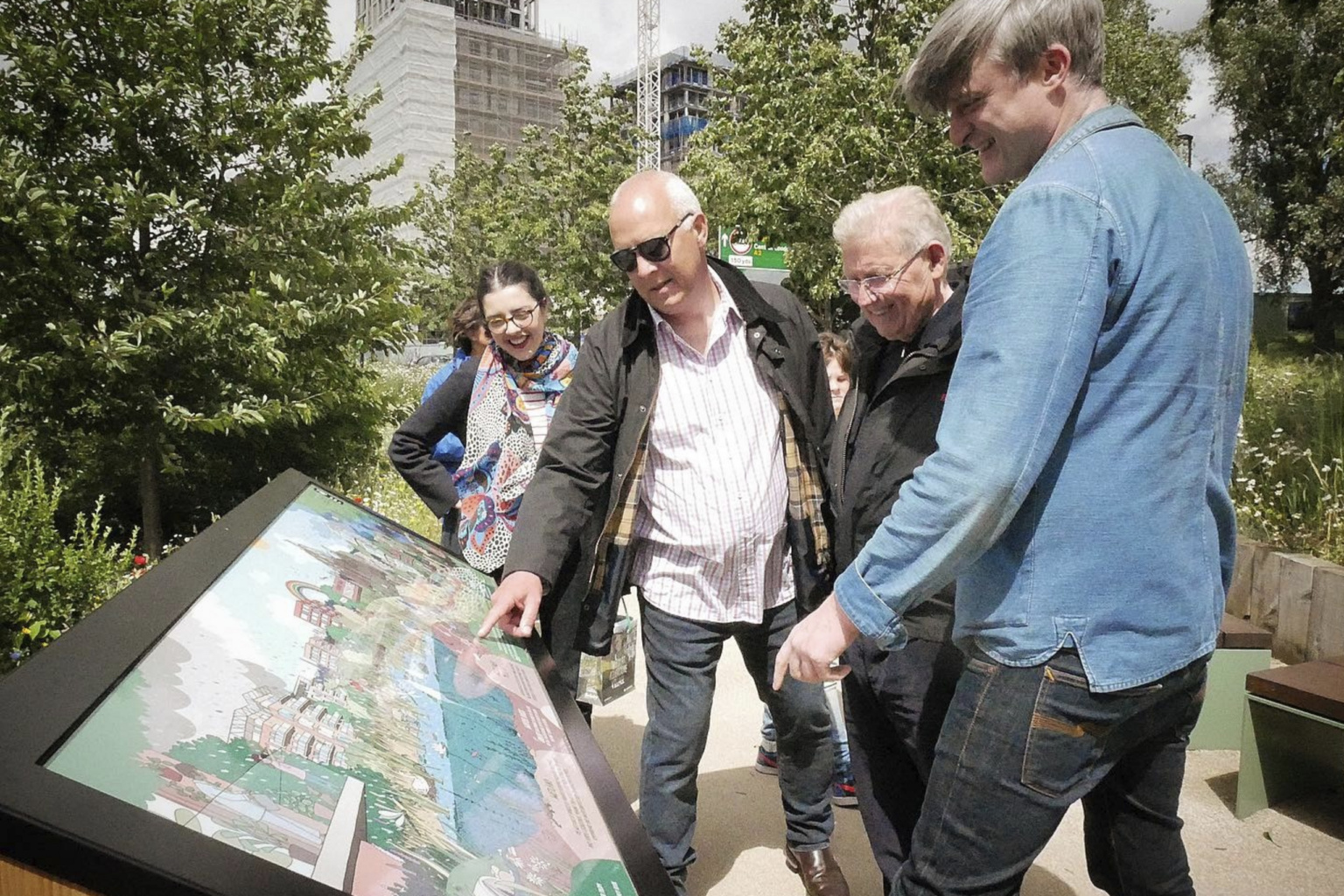
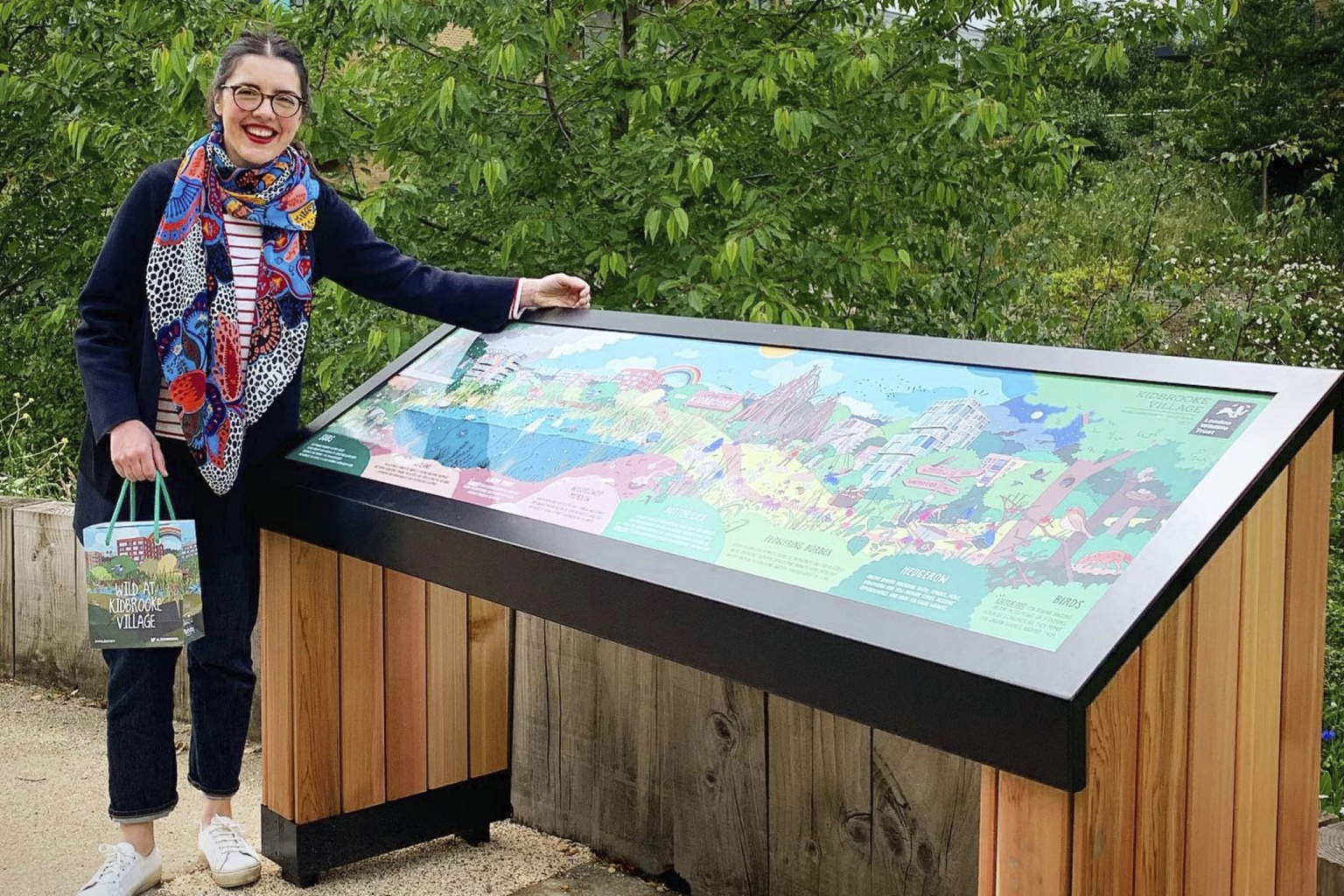
James Lord - HTA Landscape